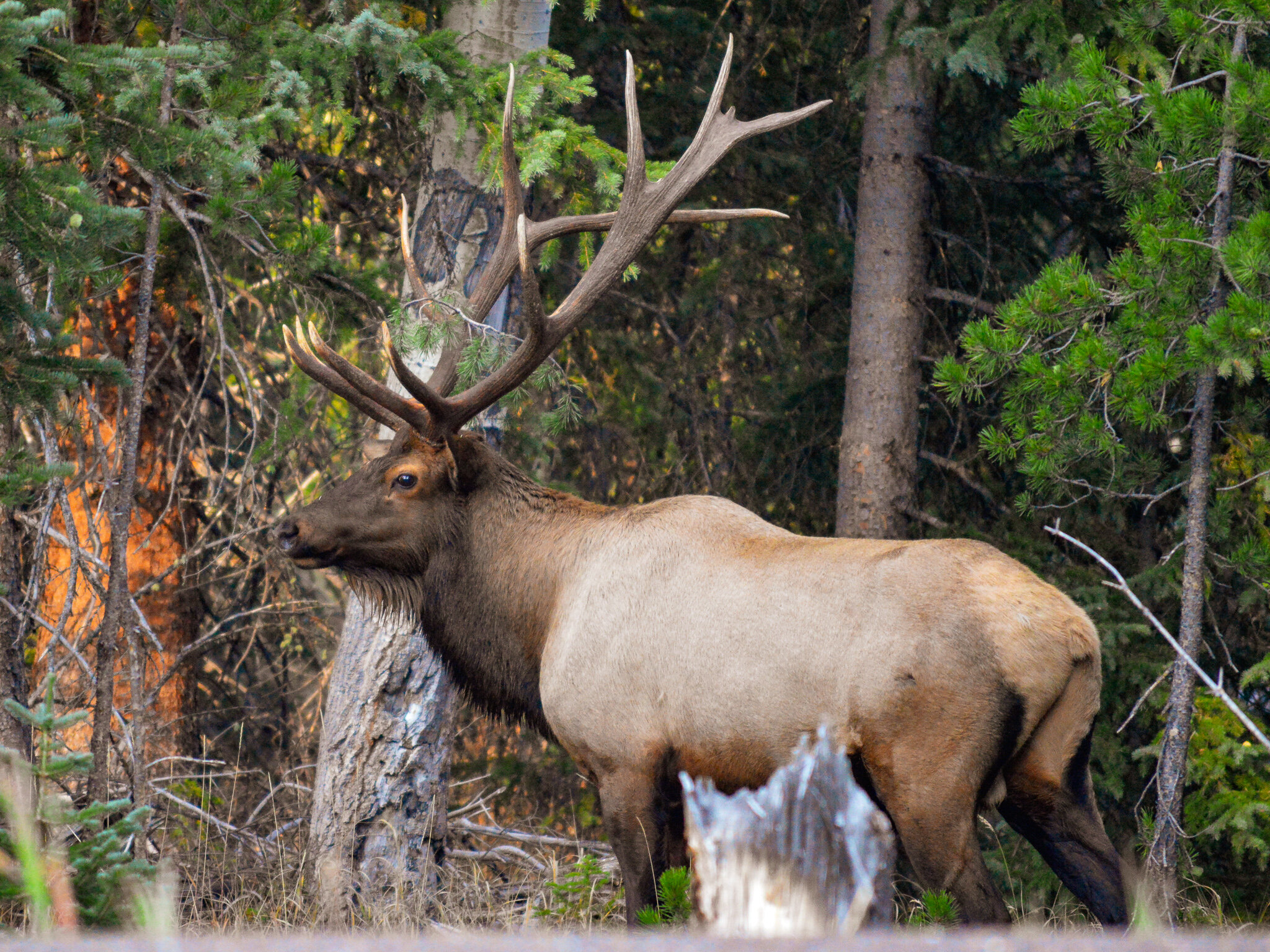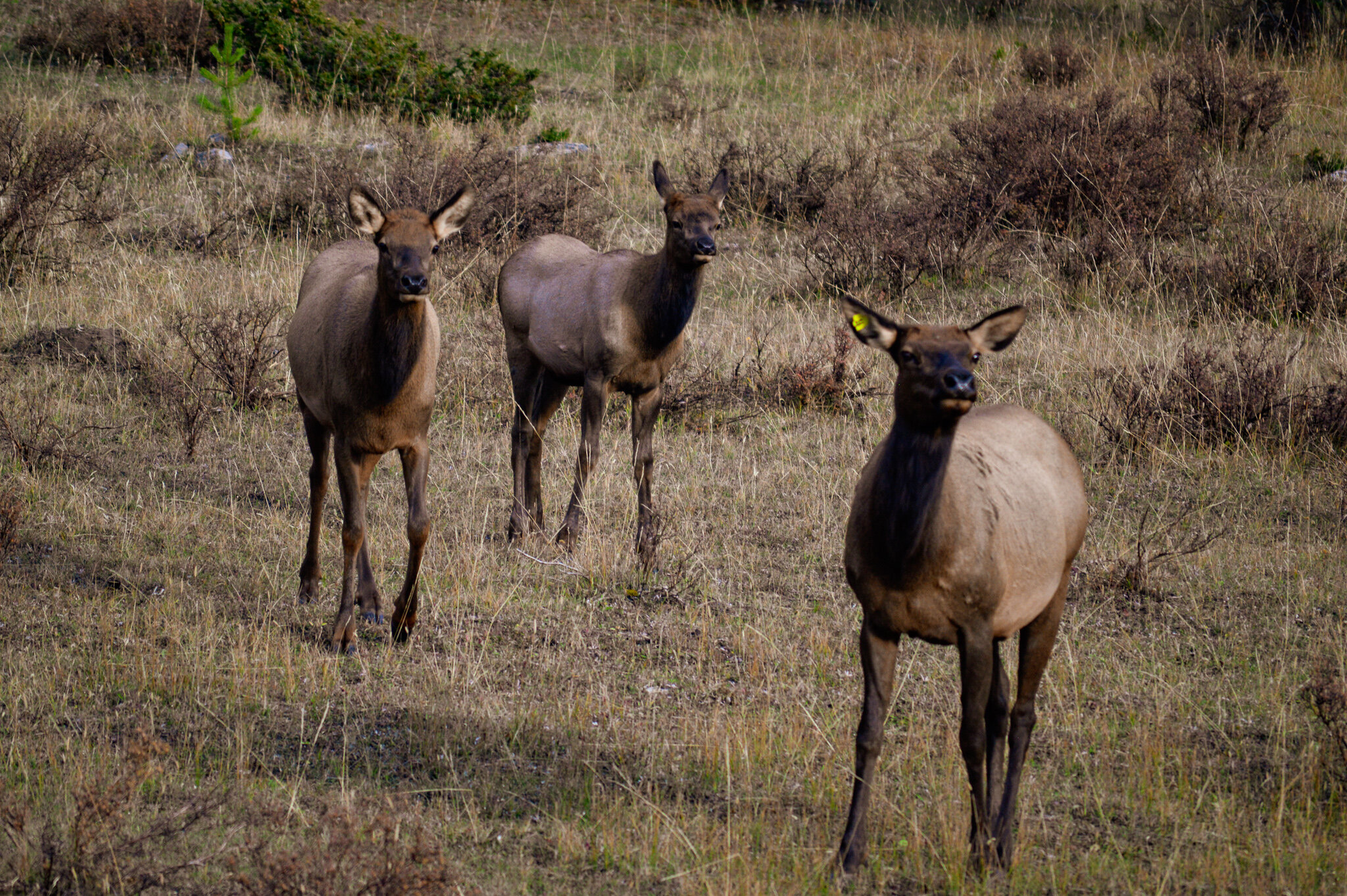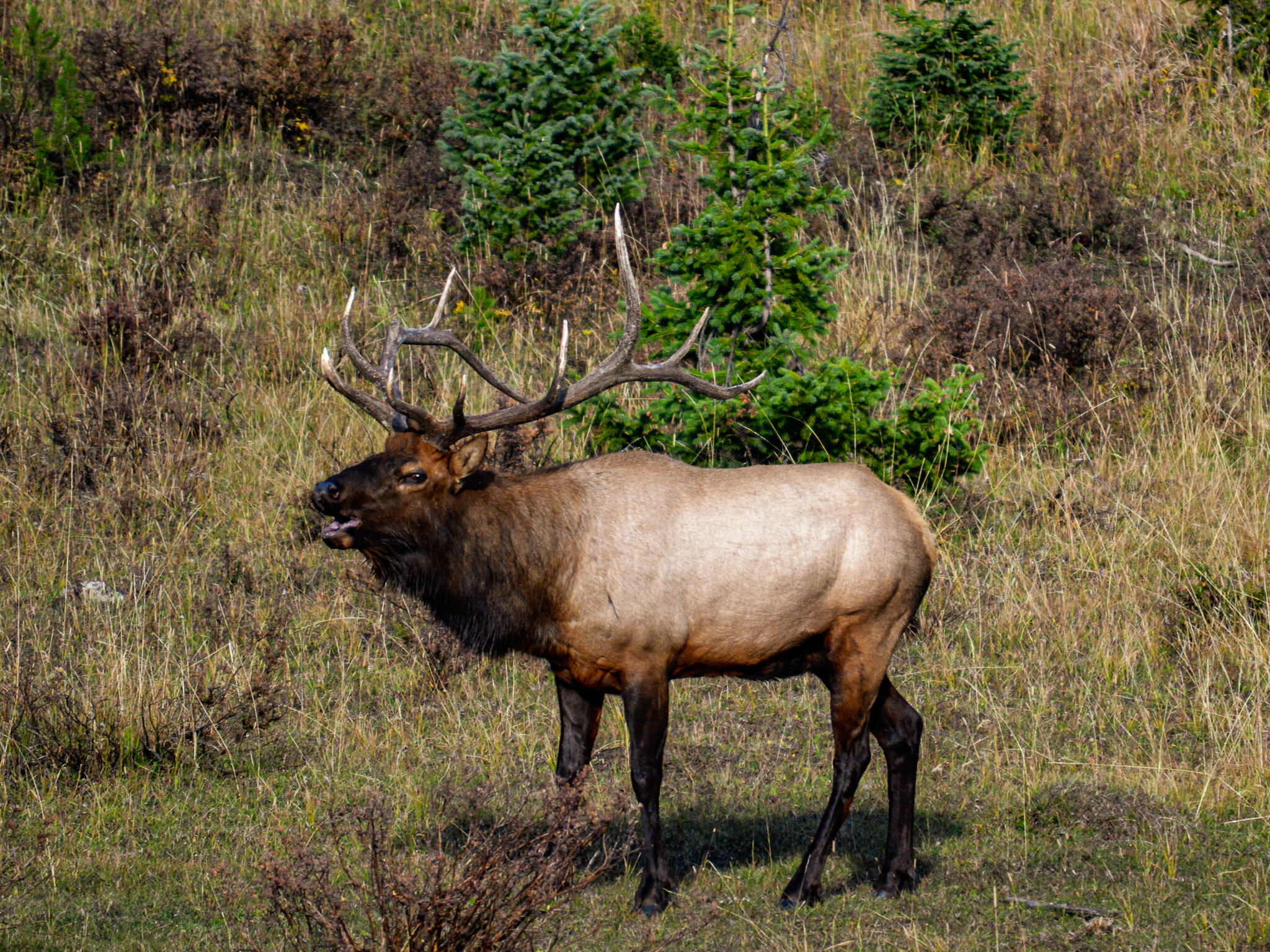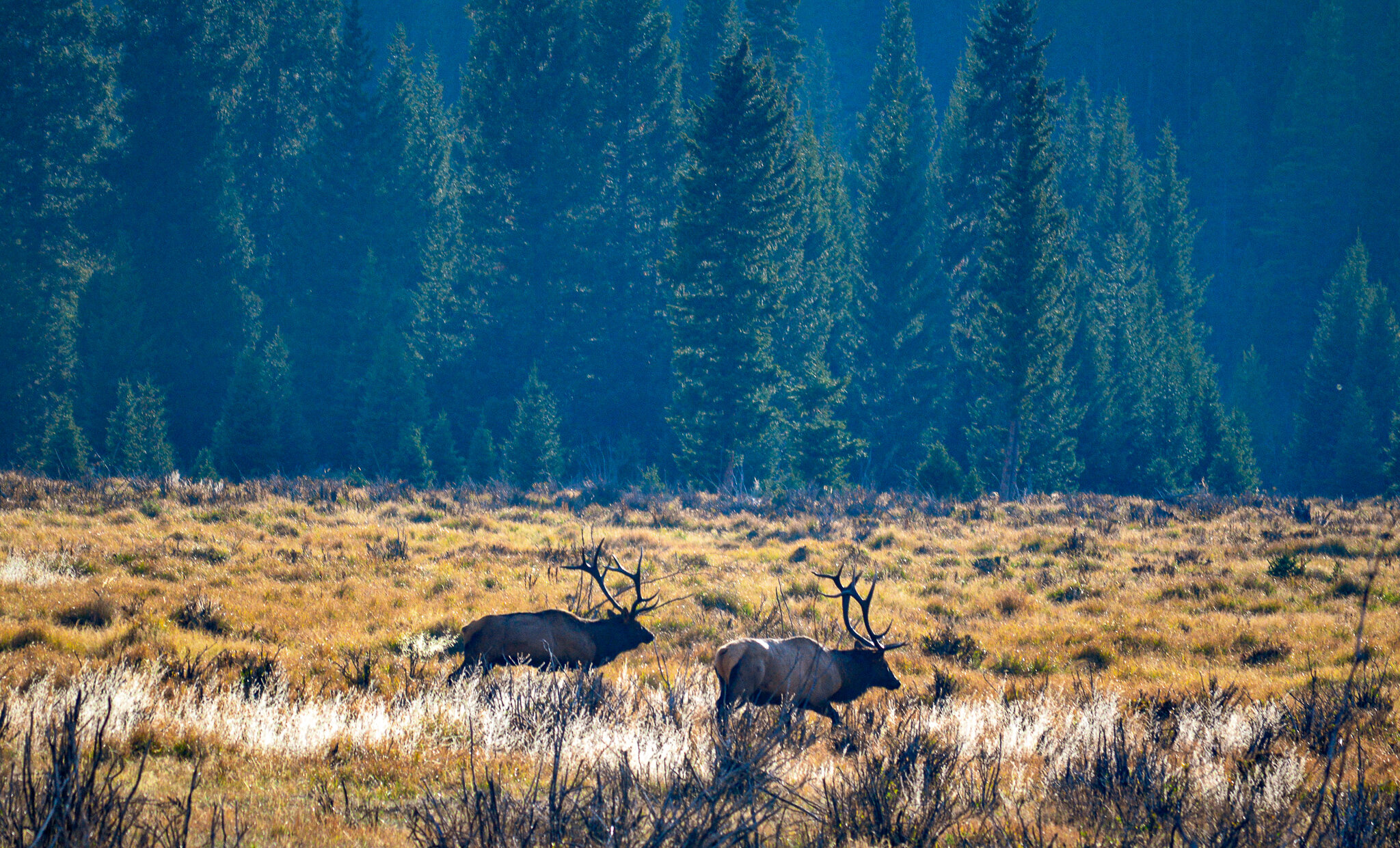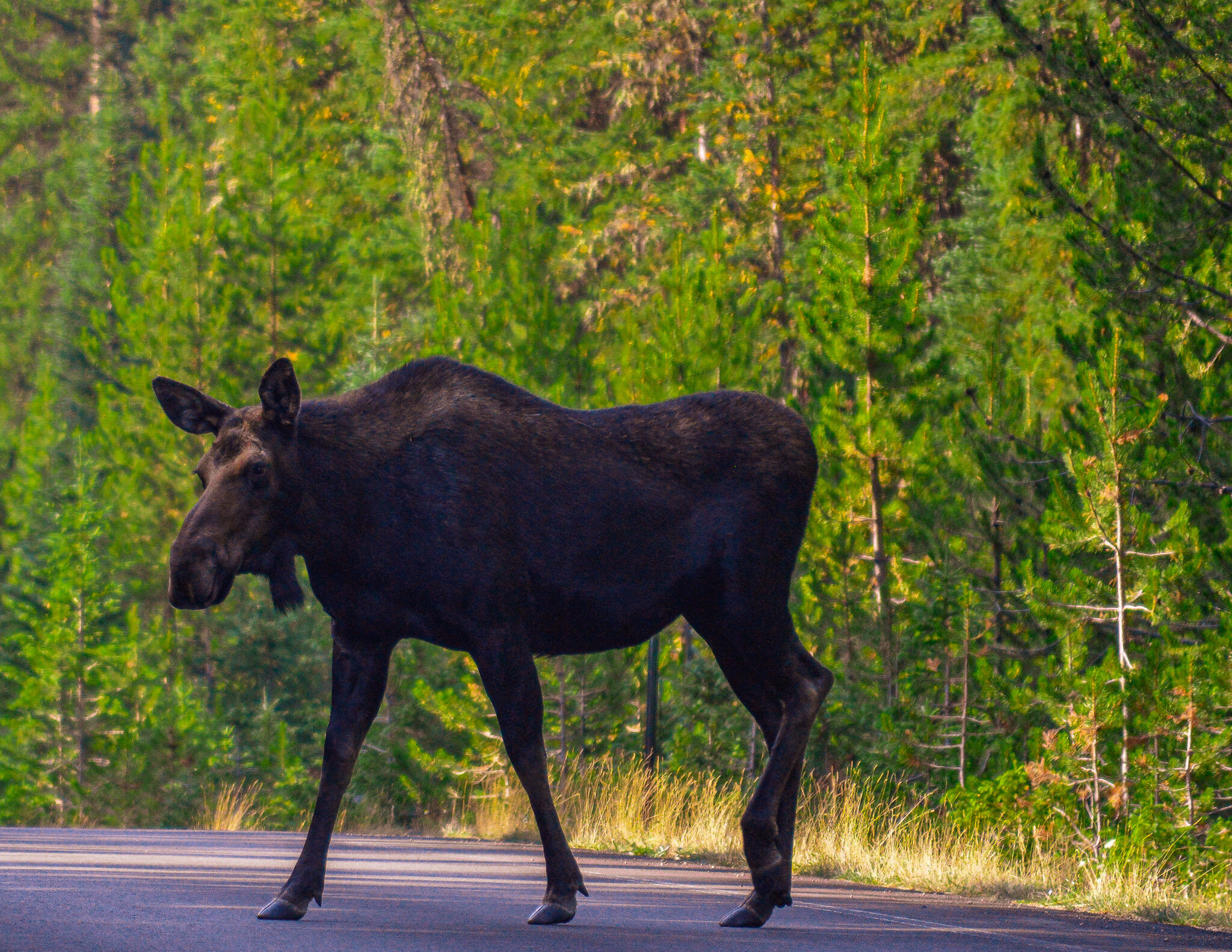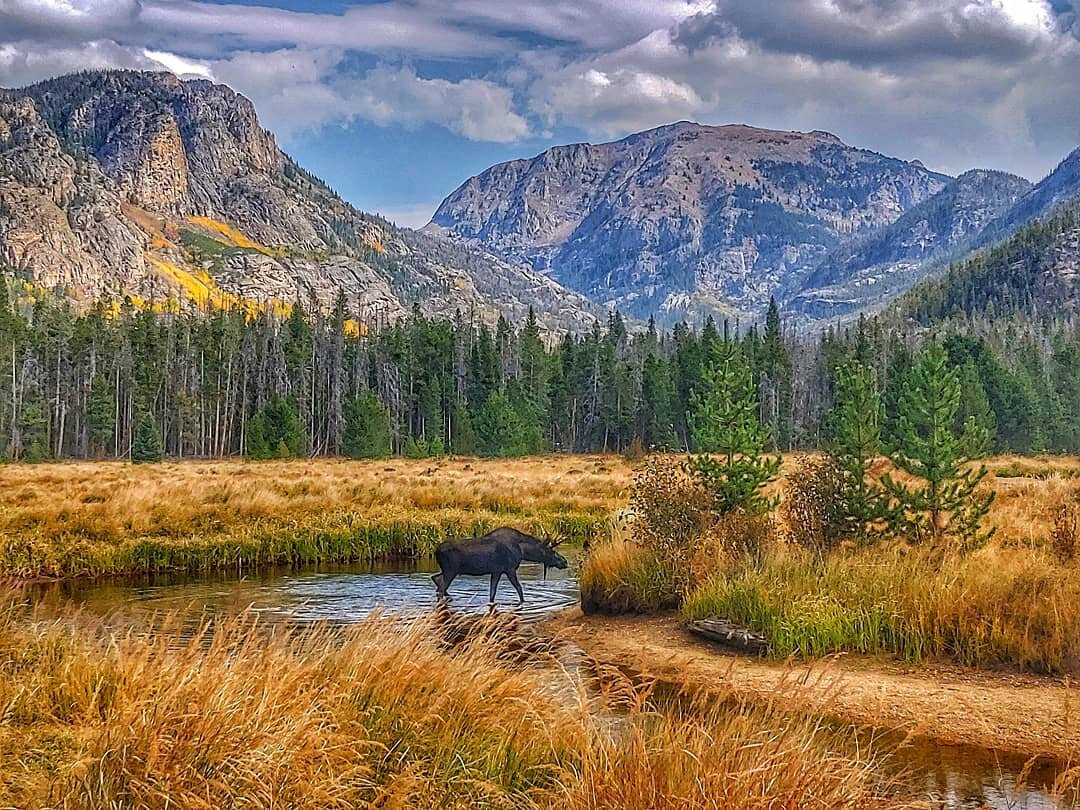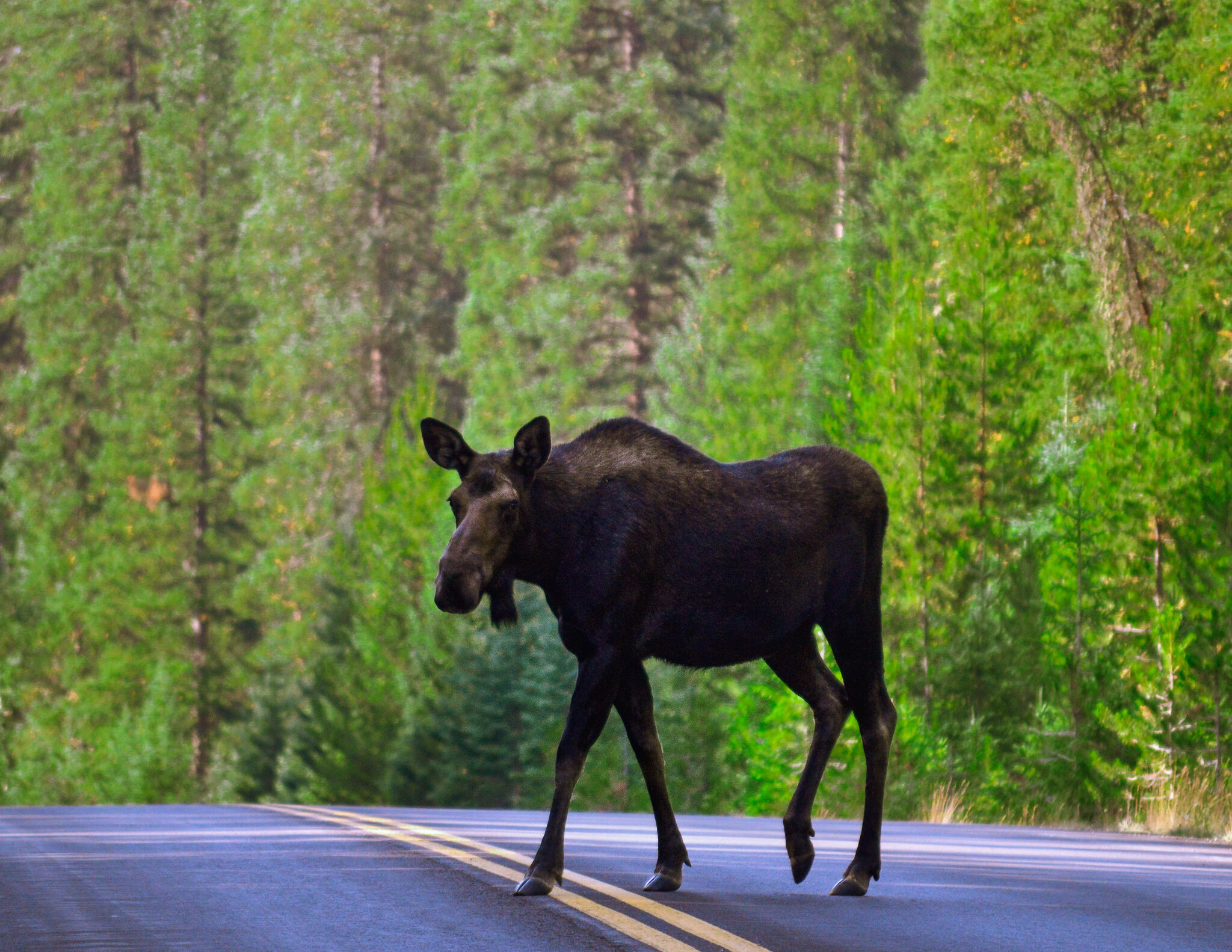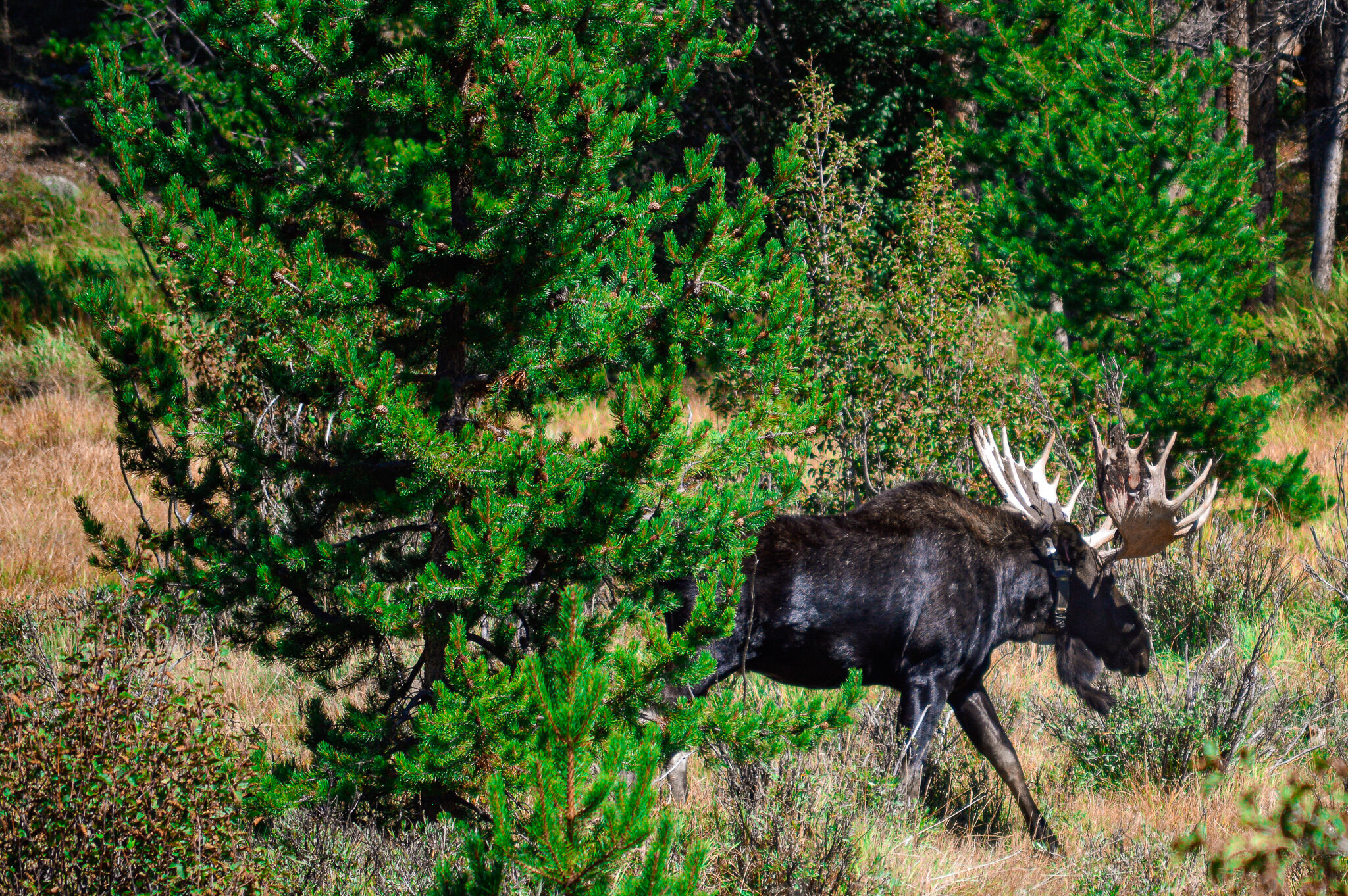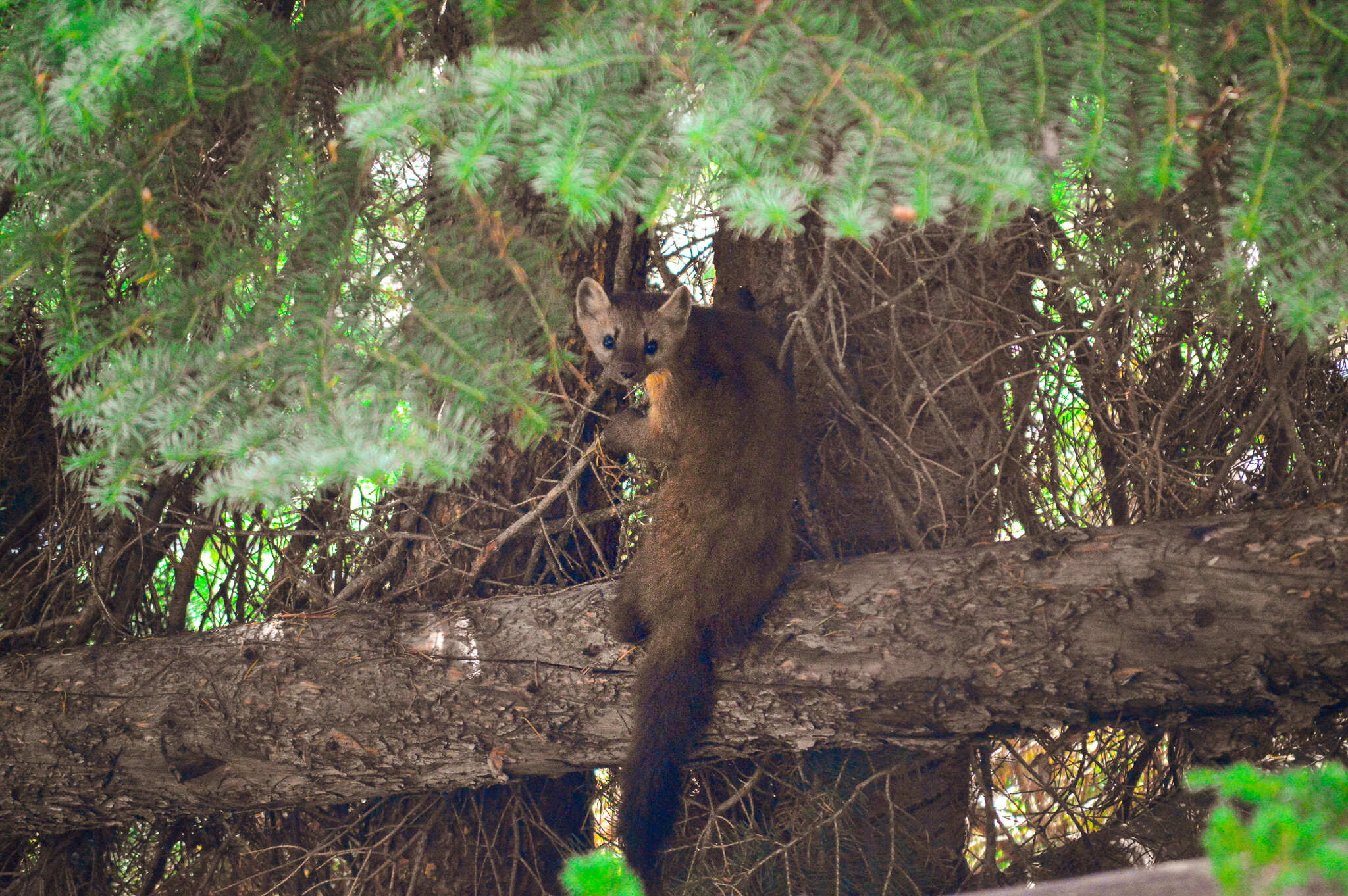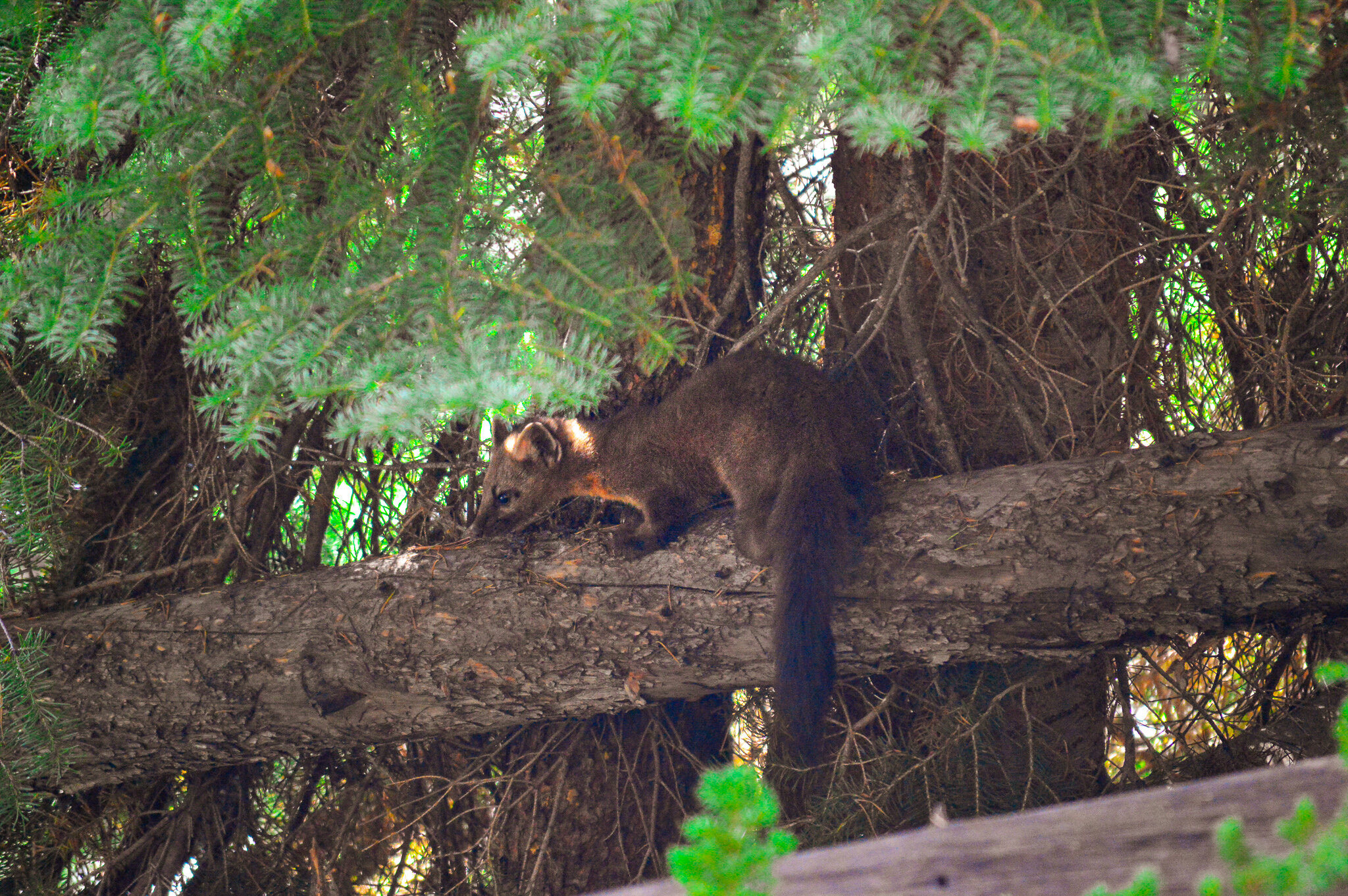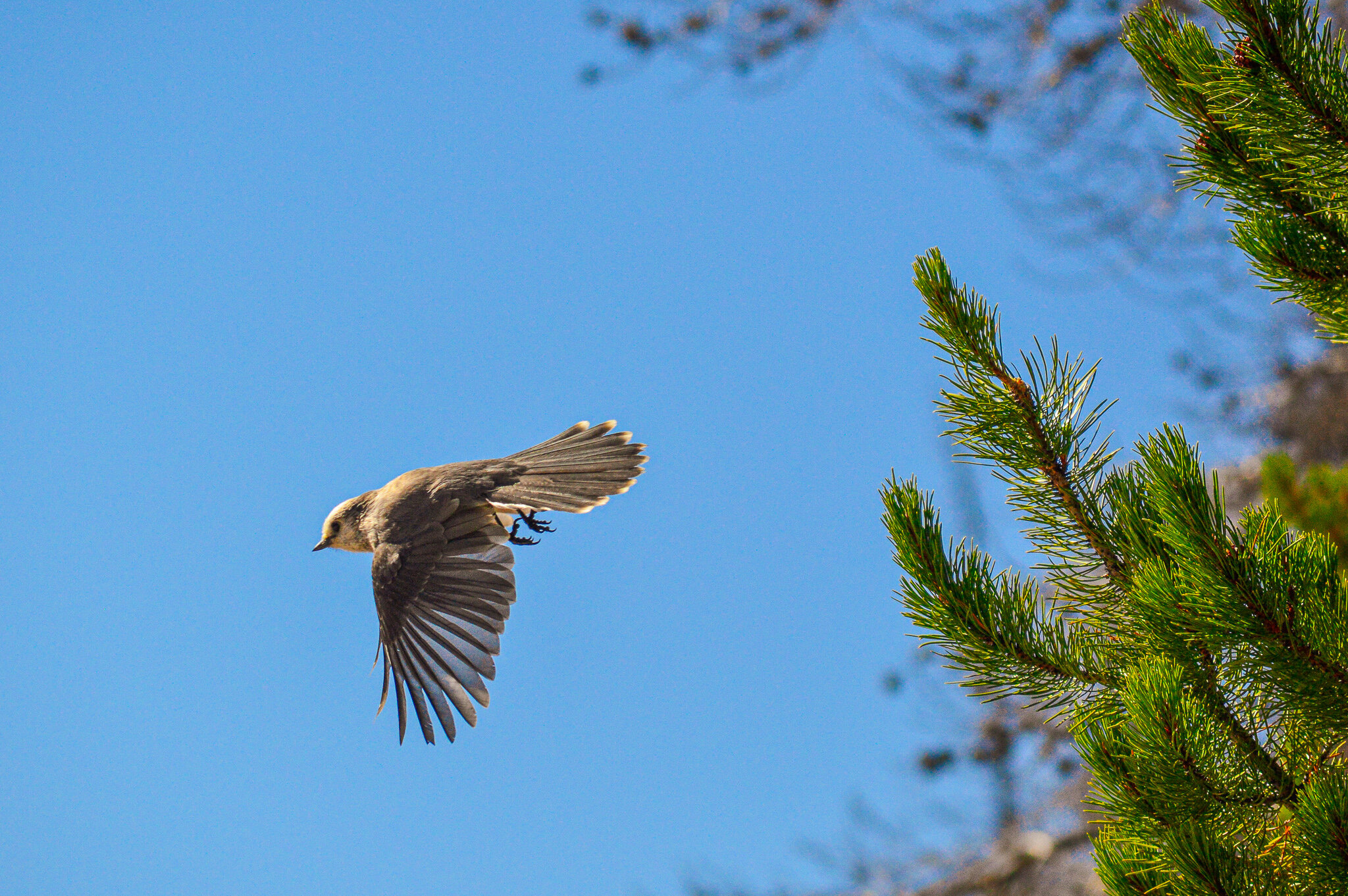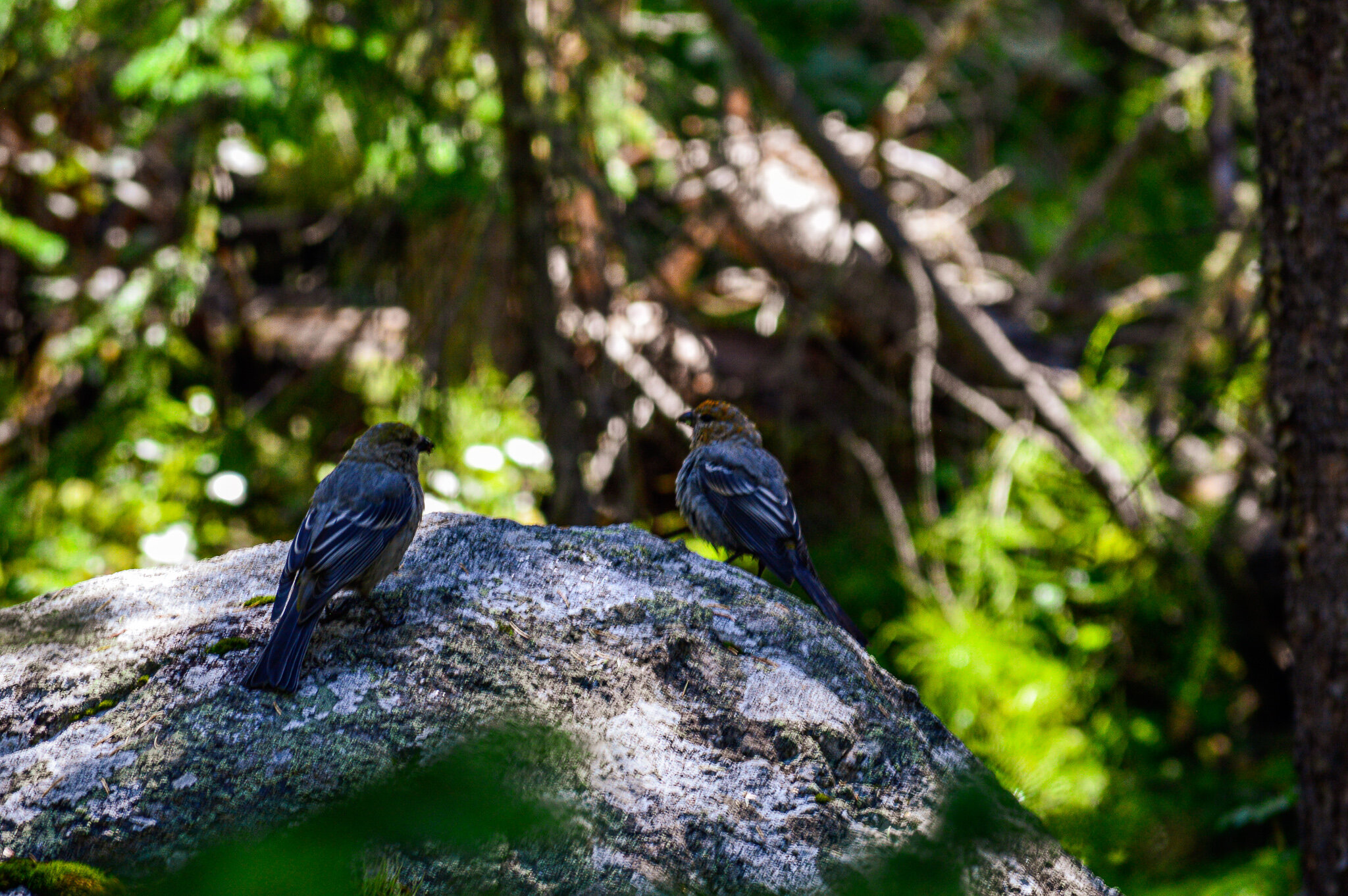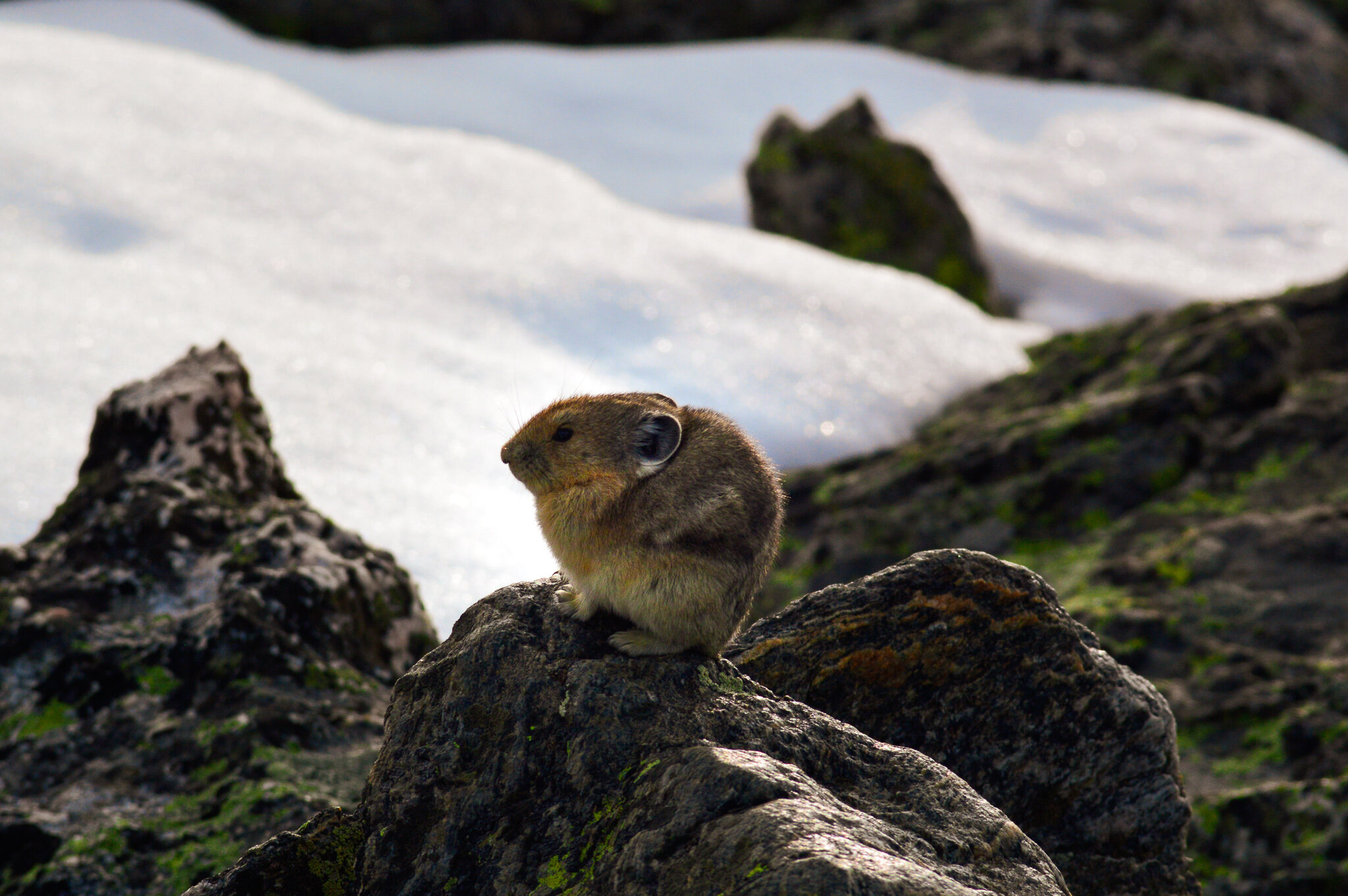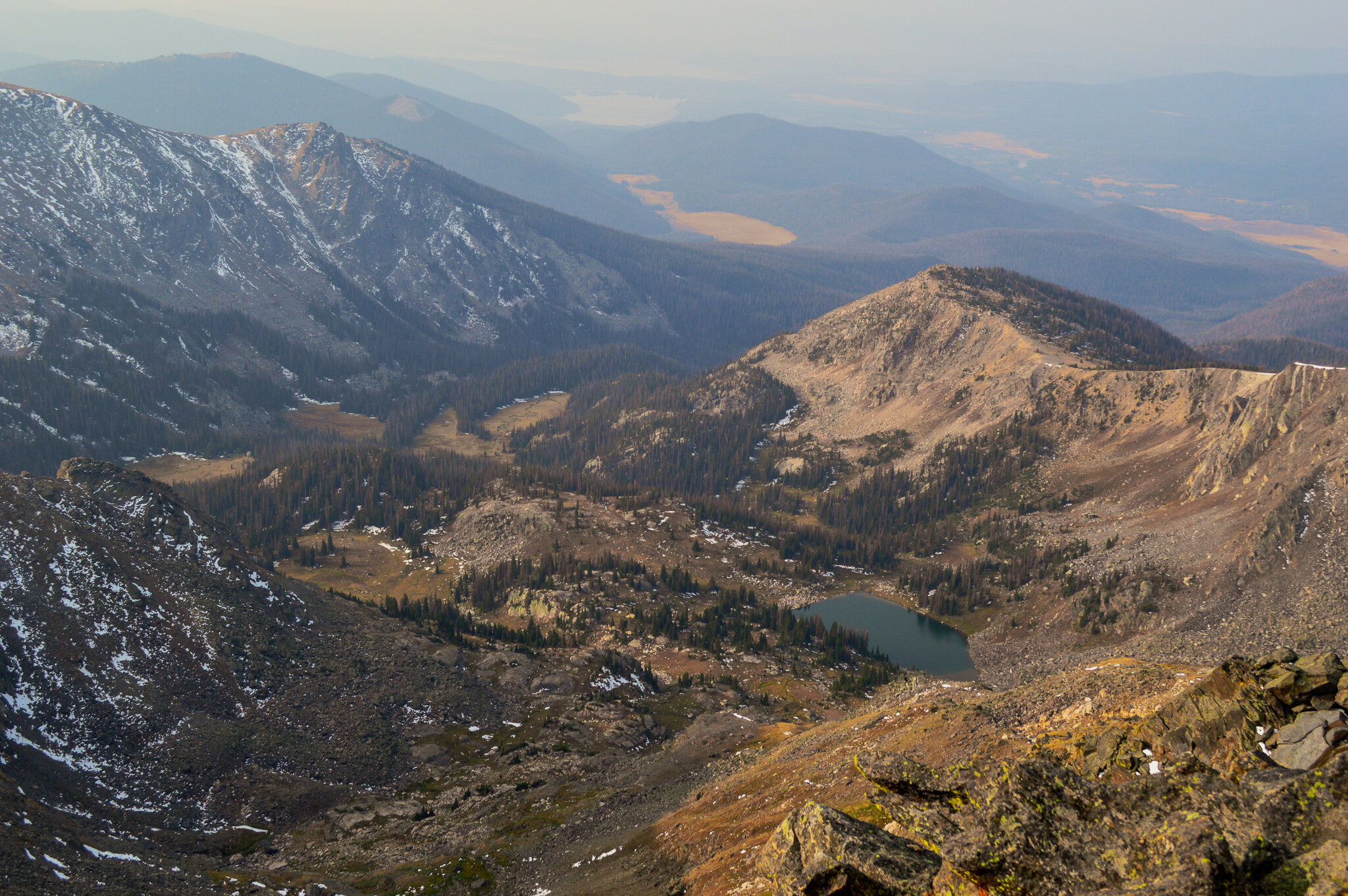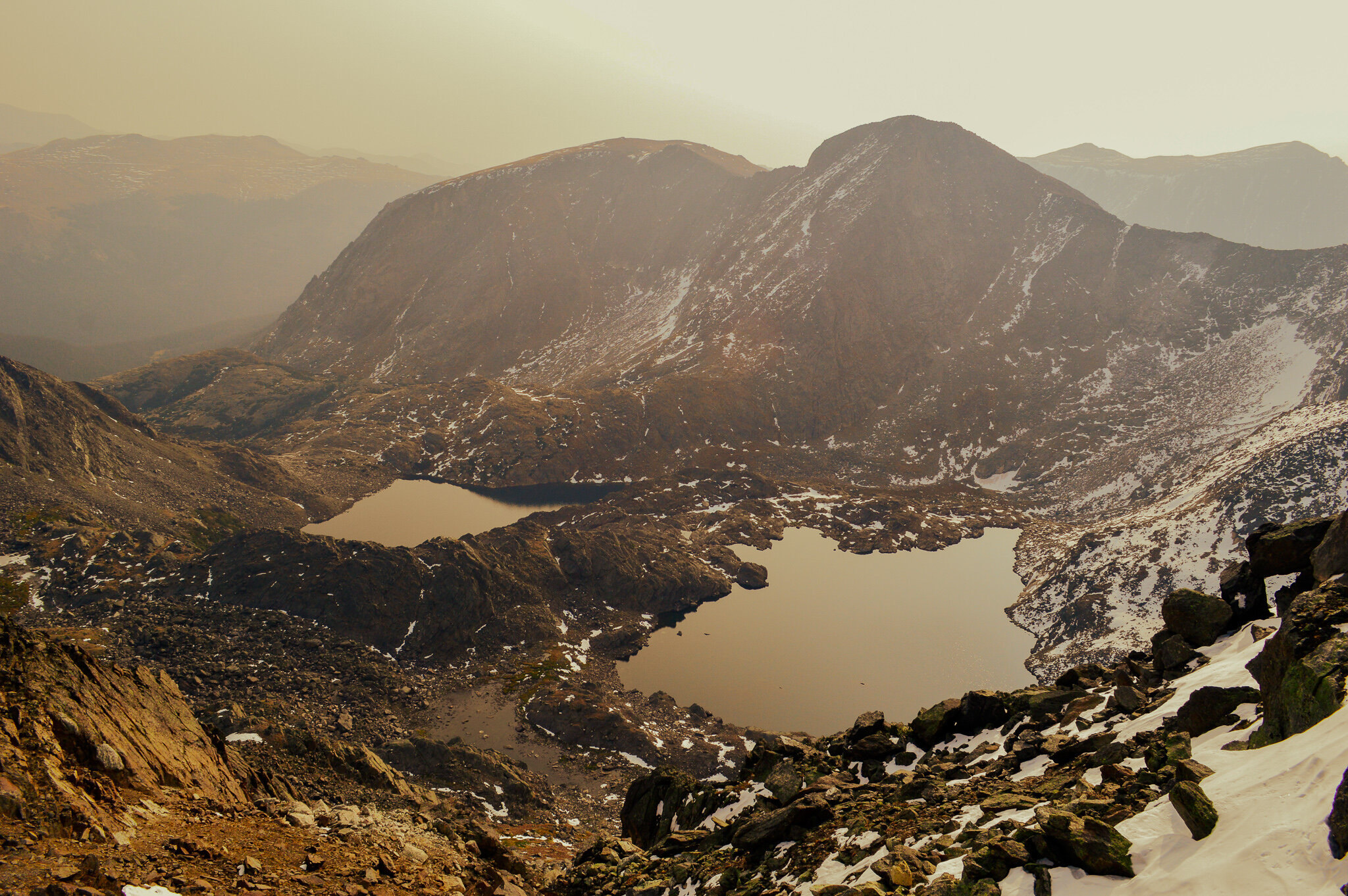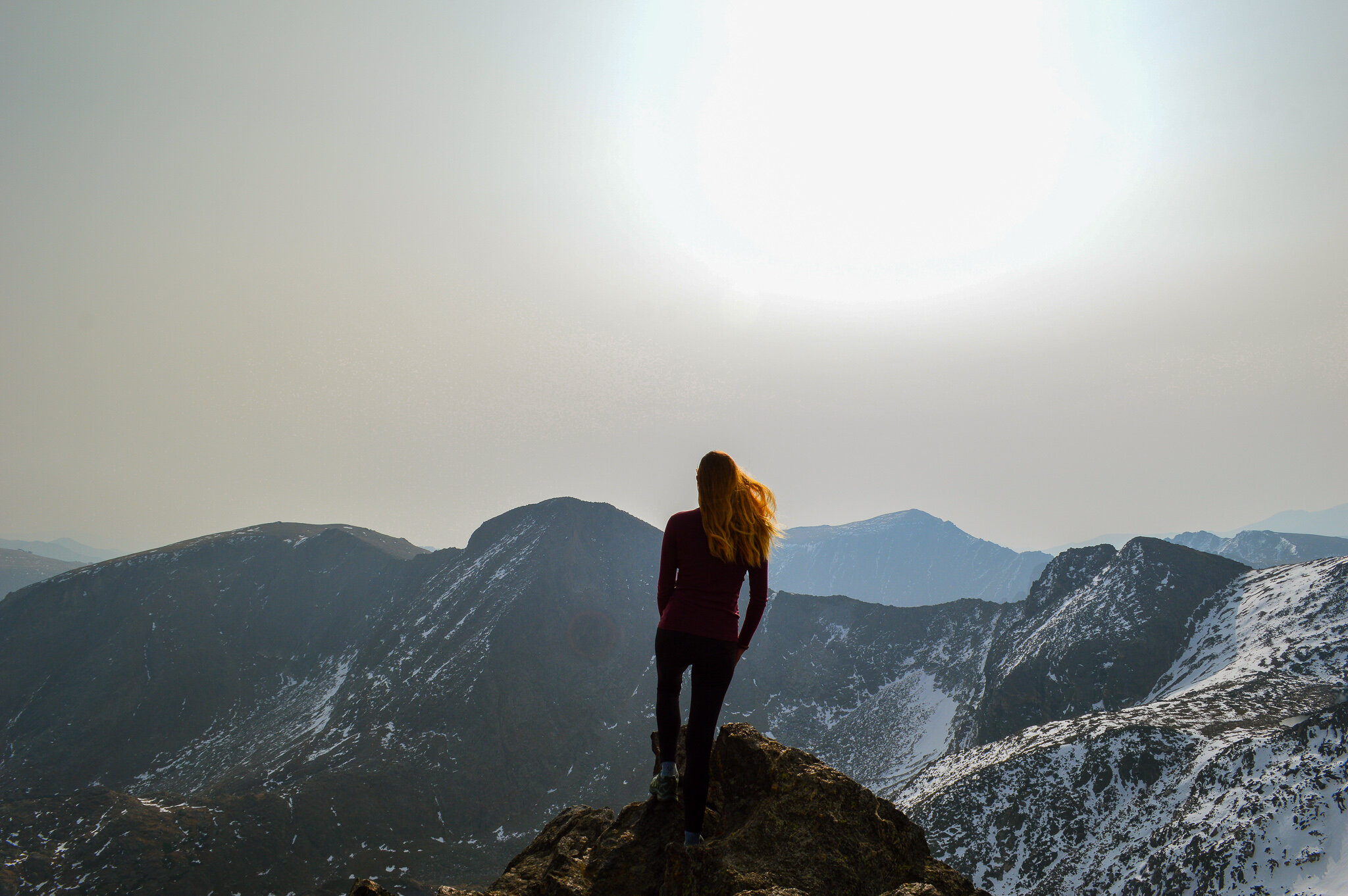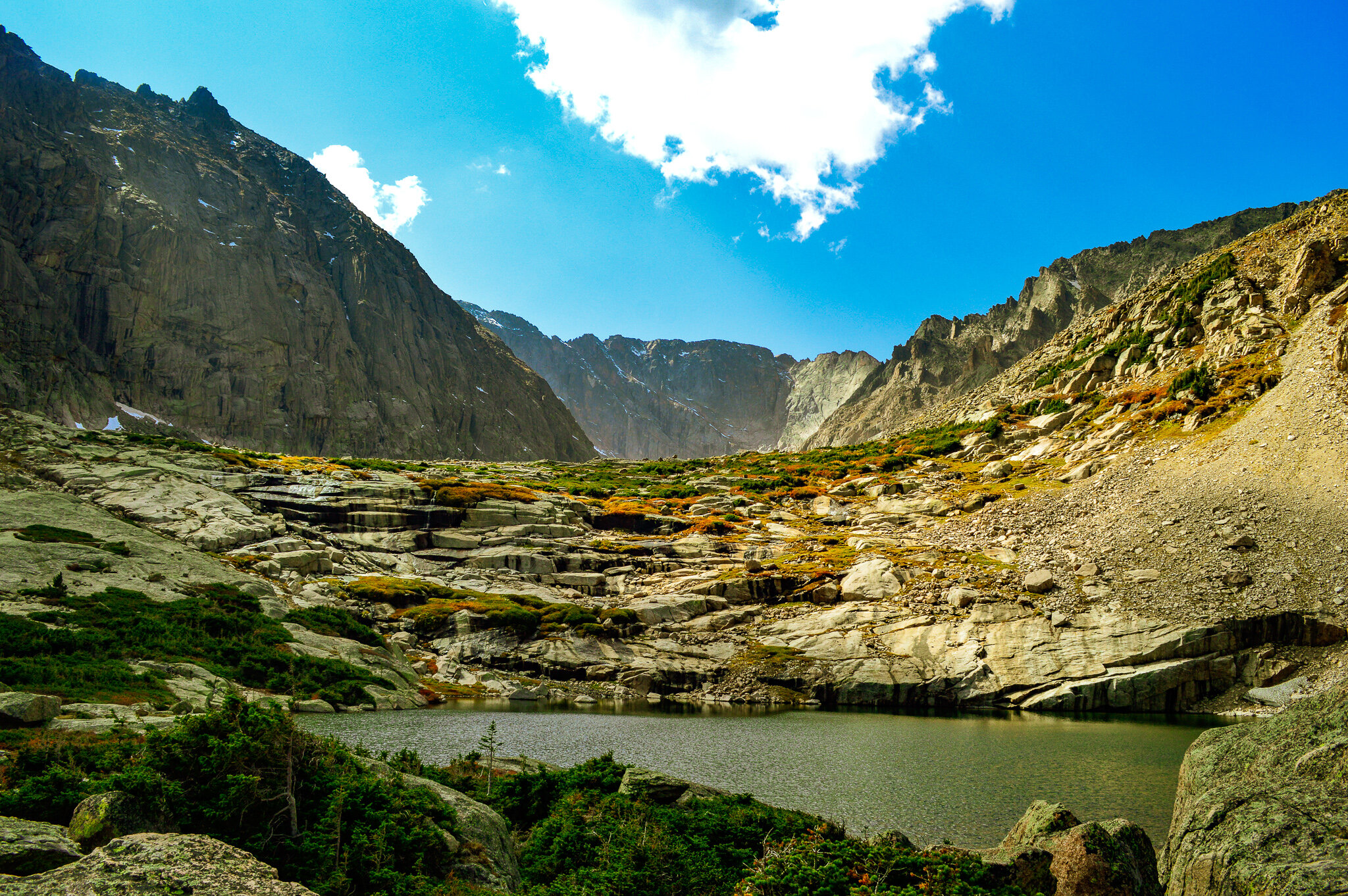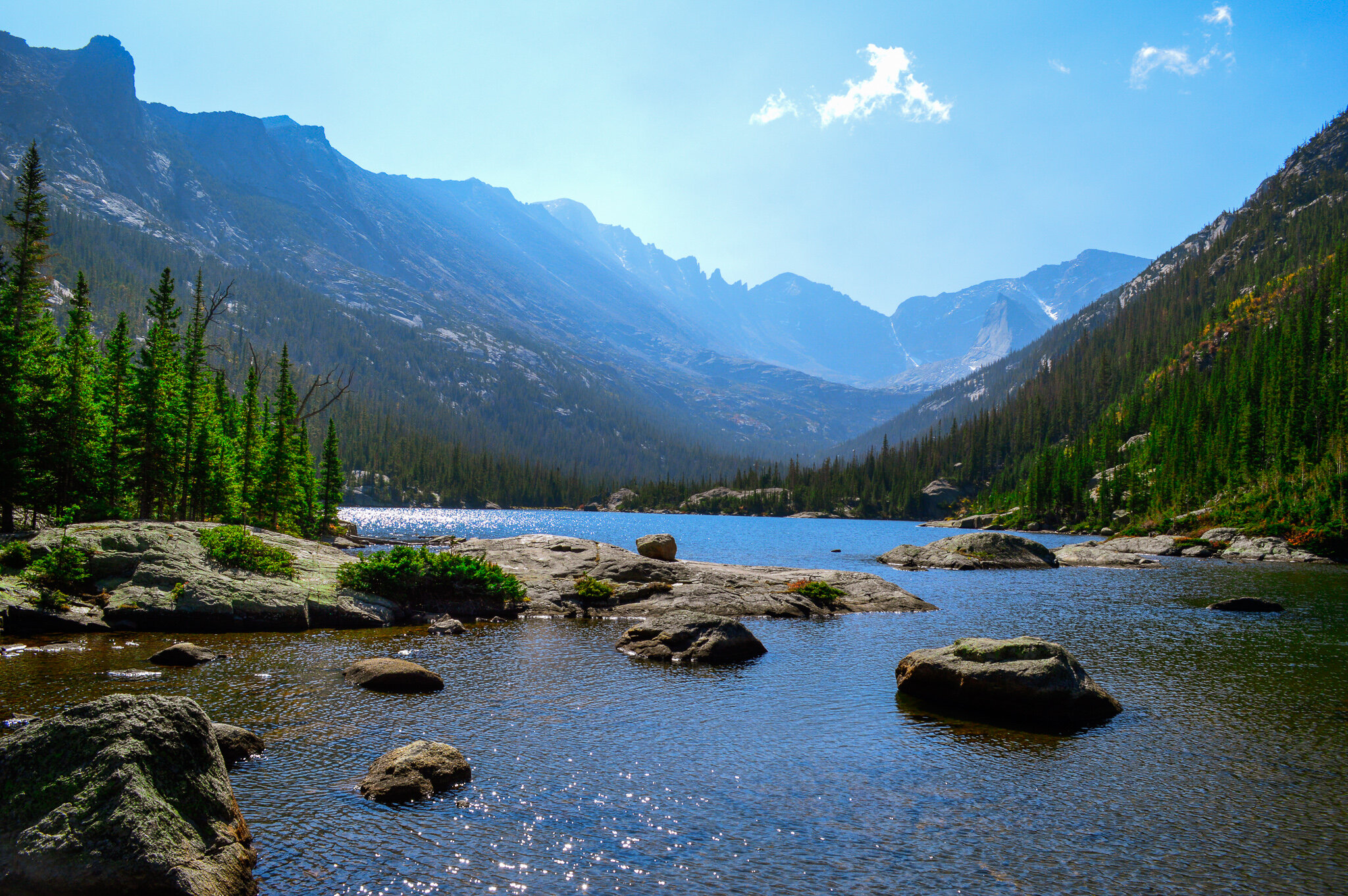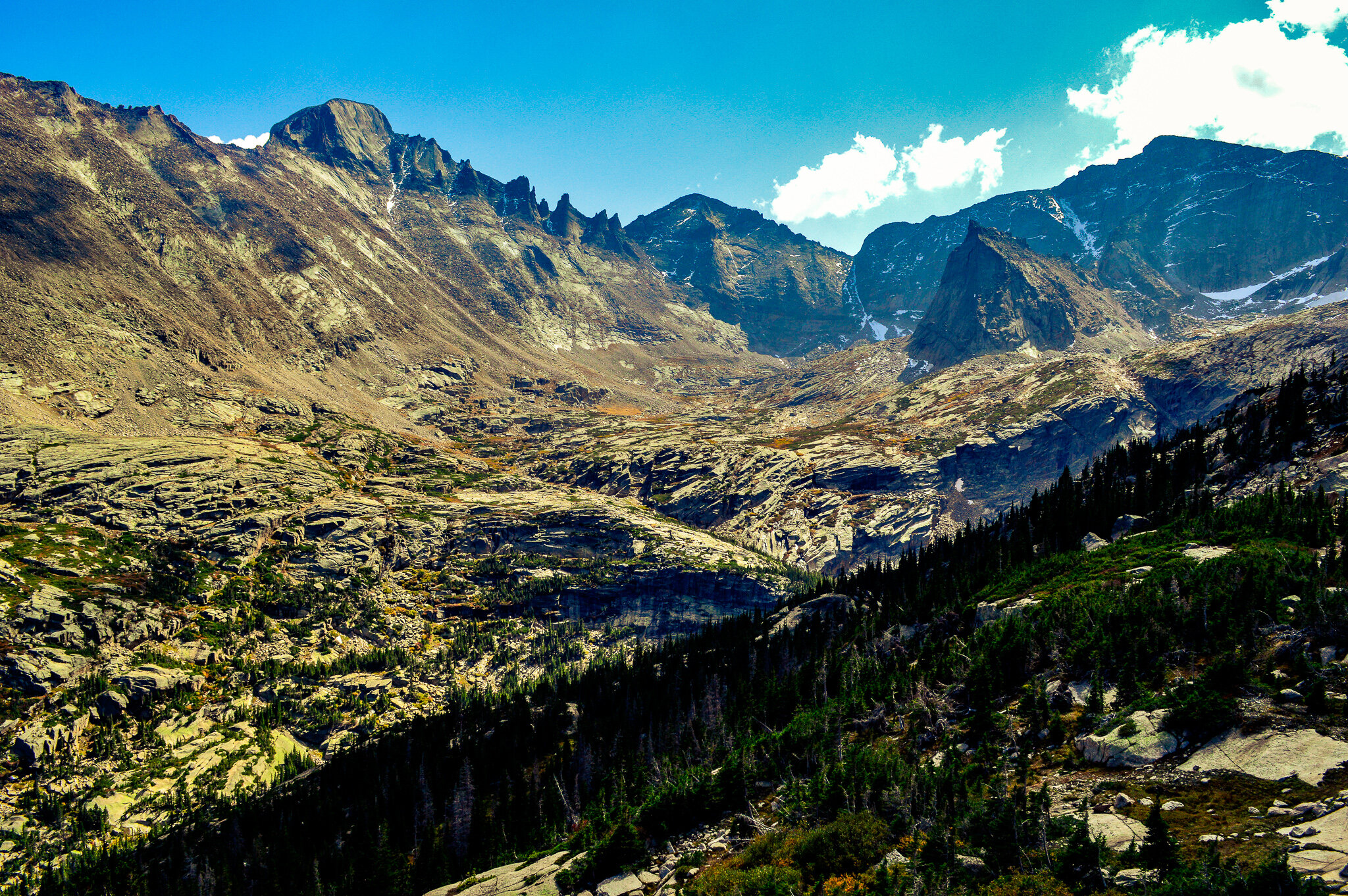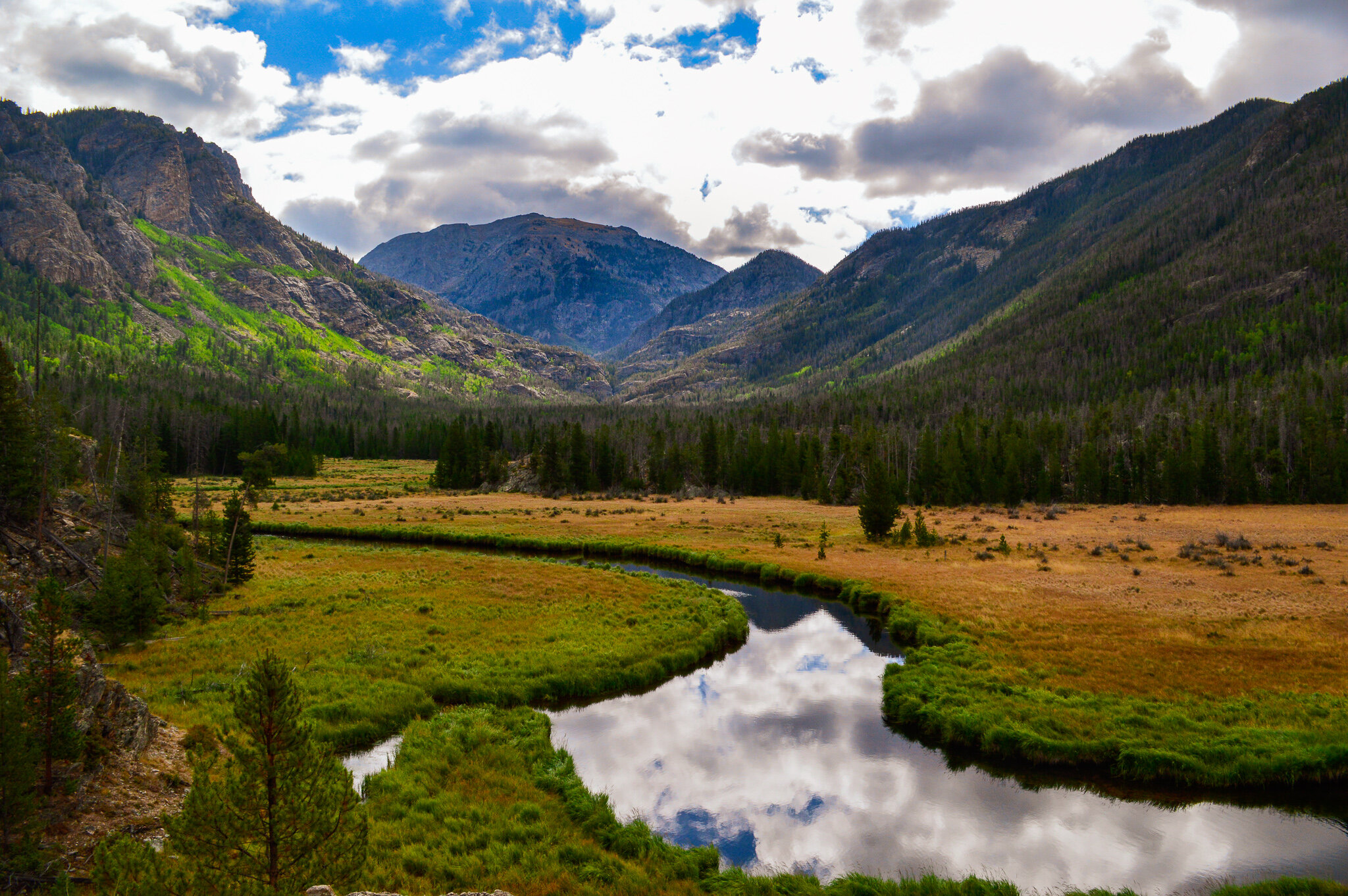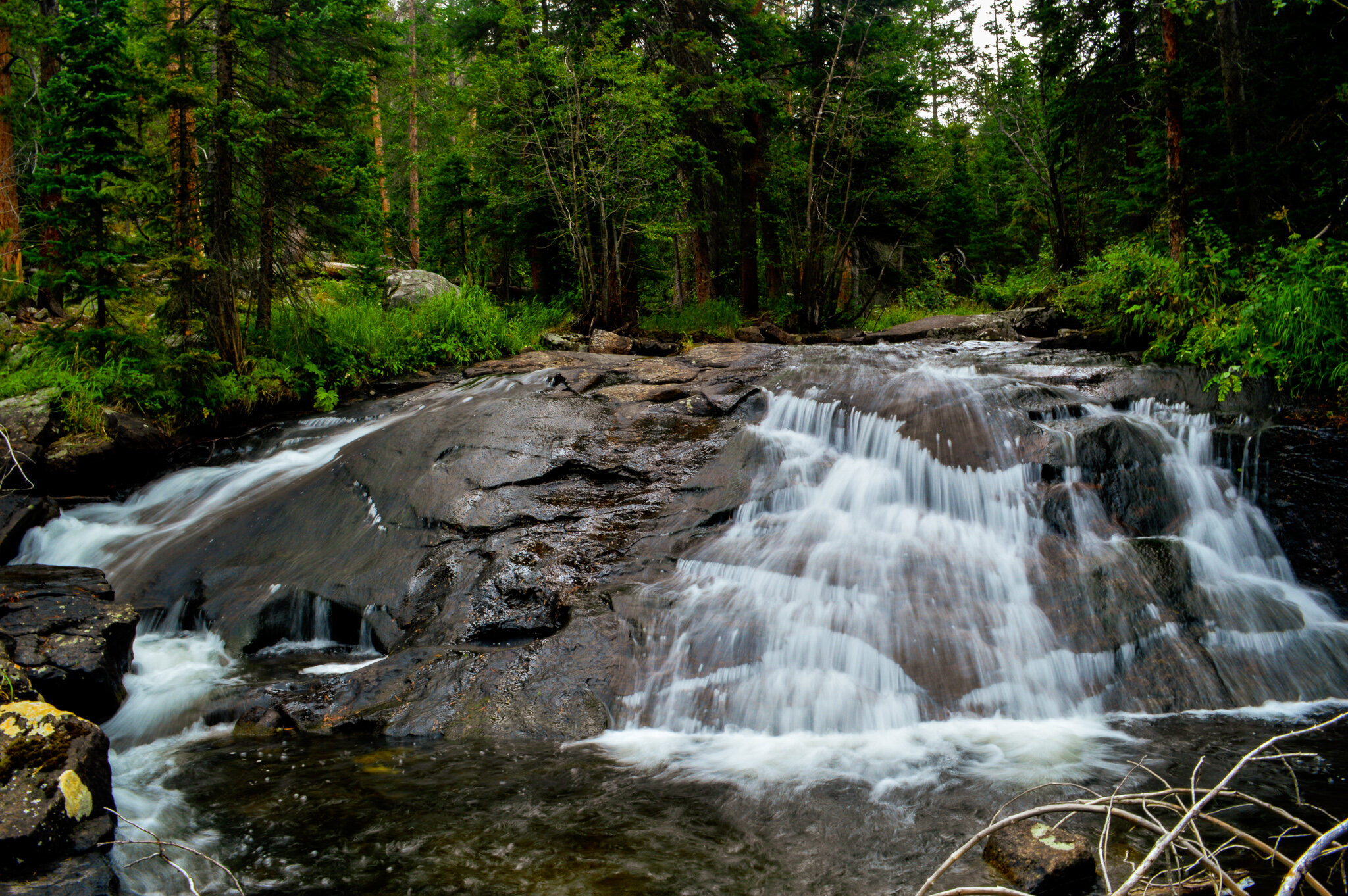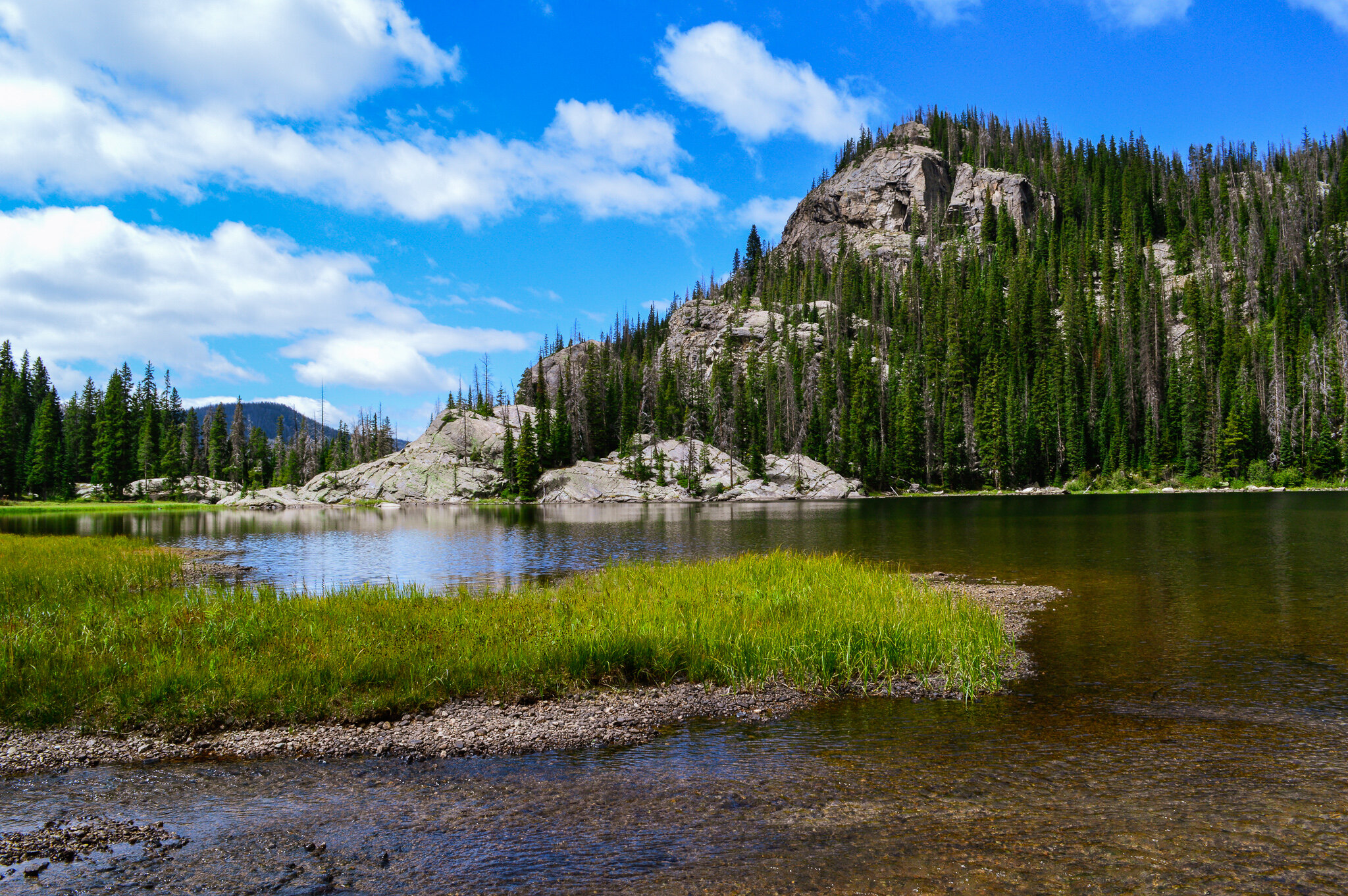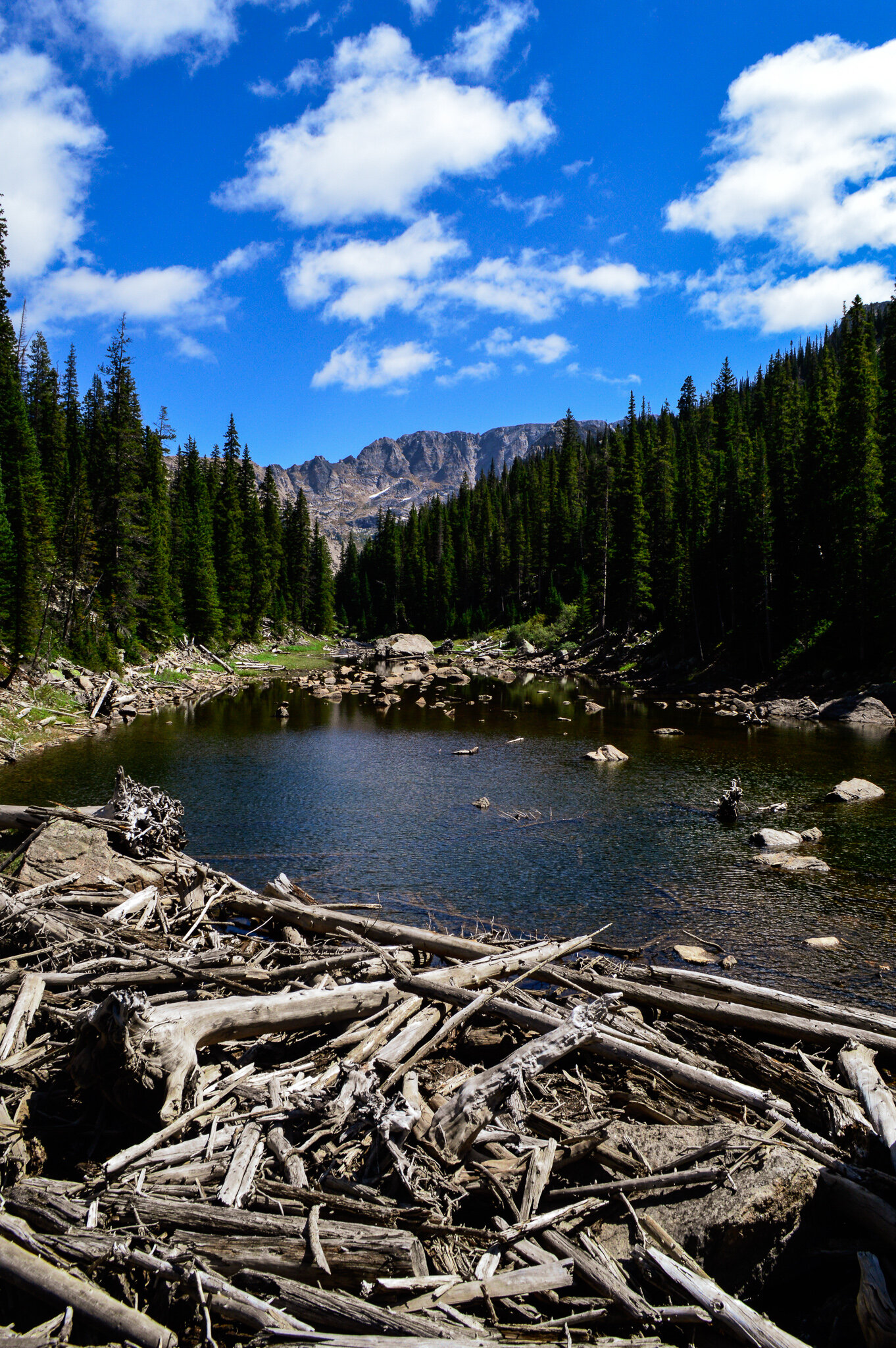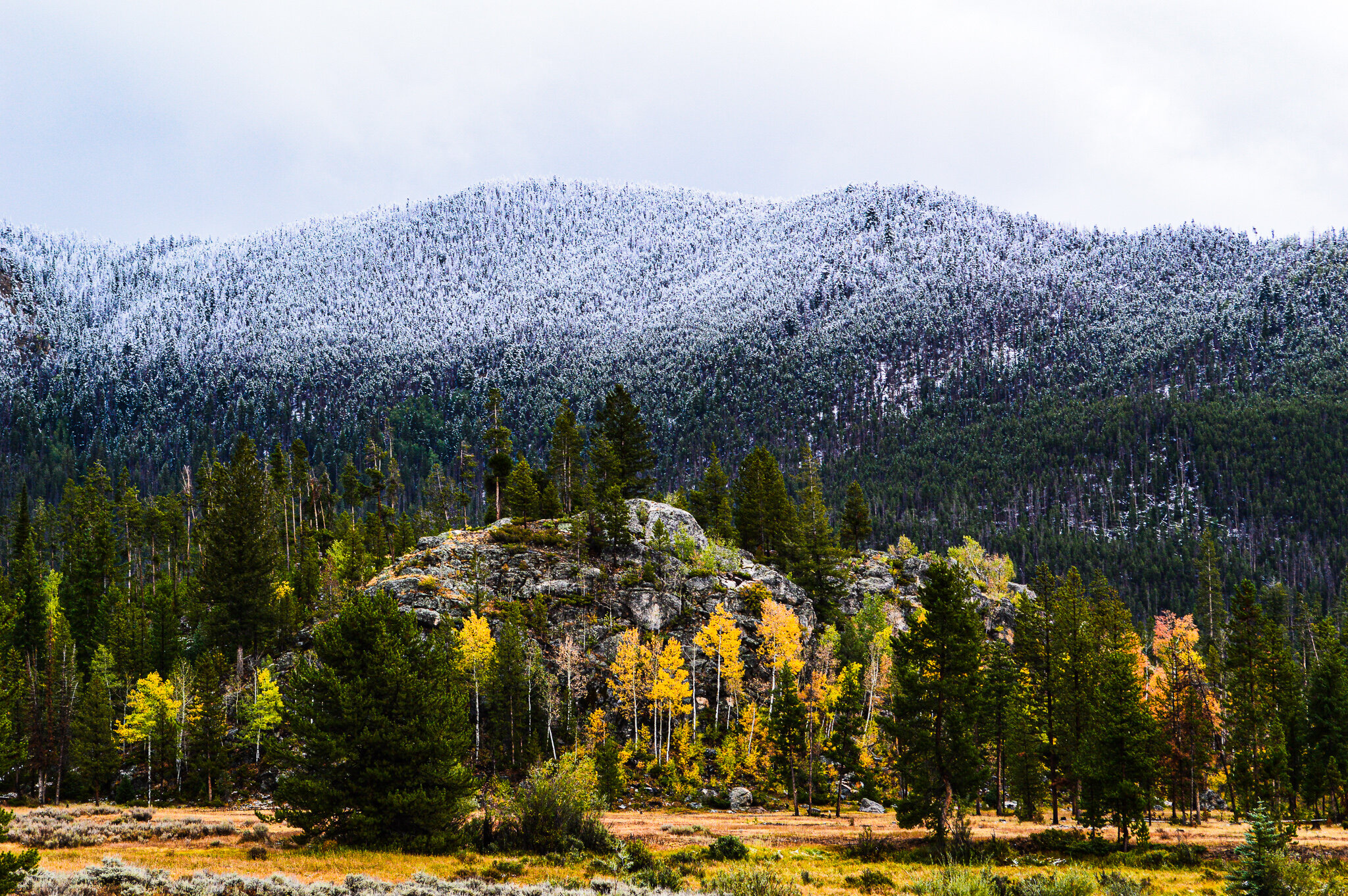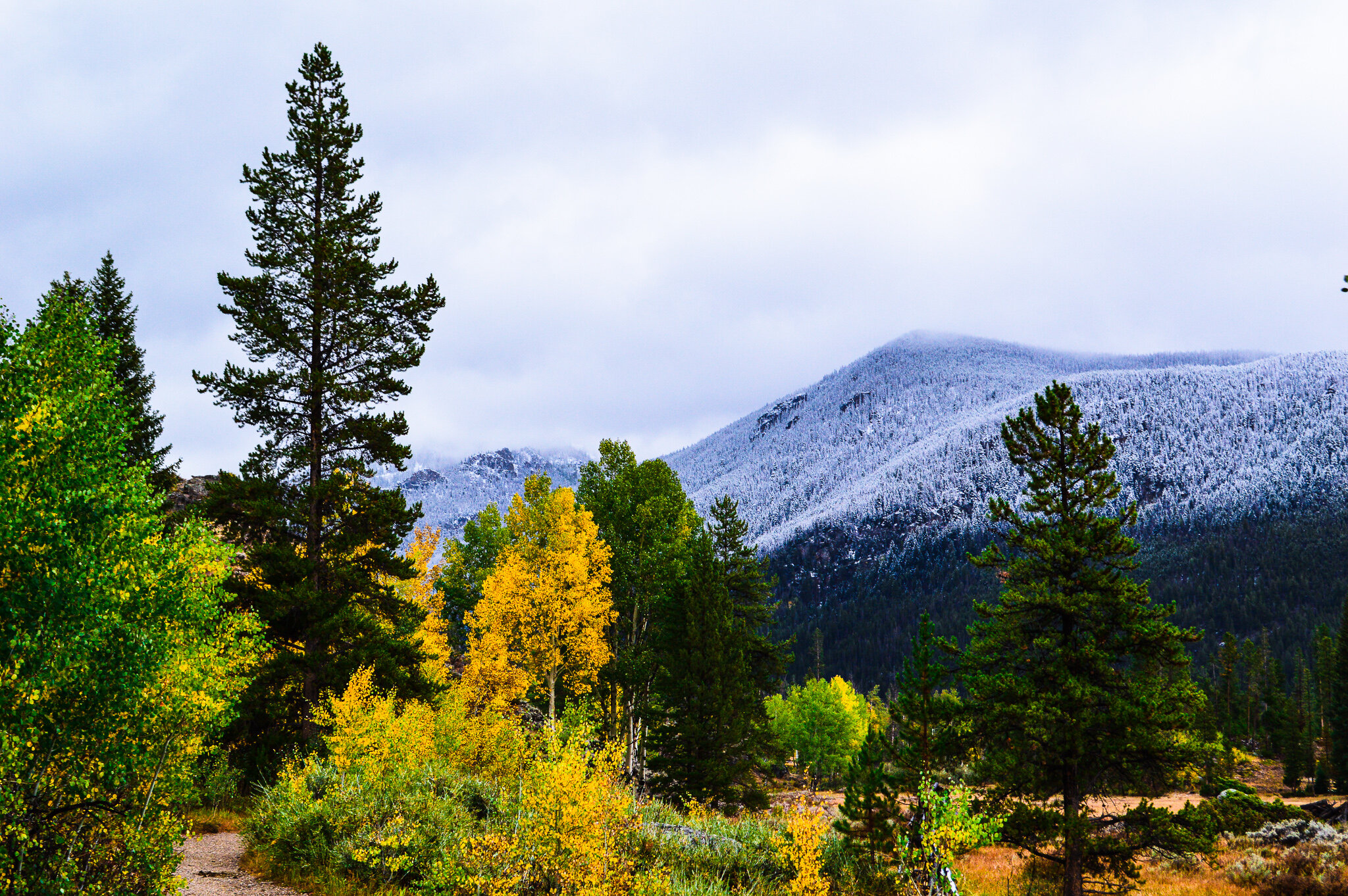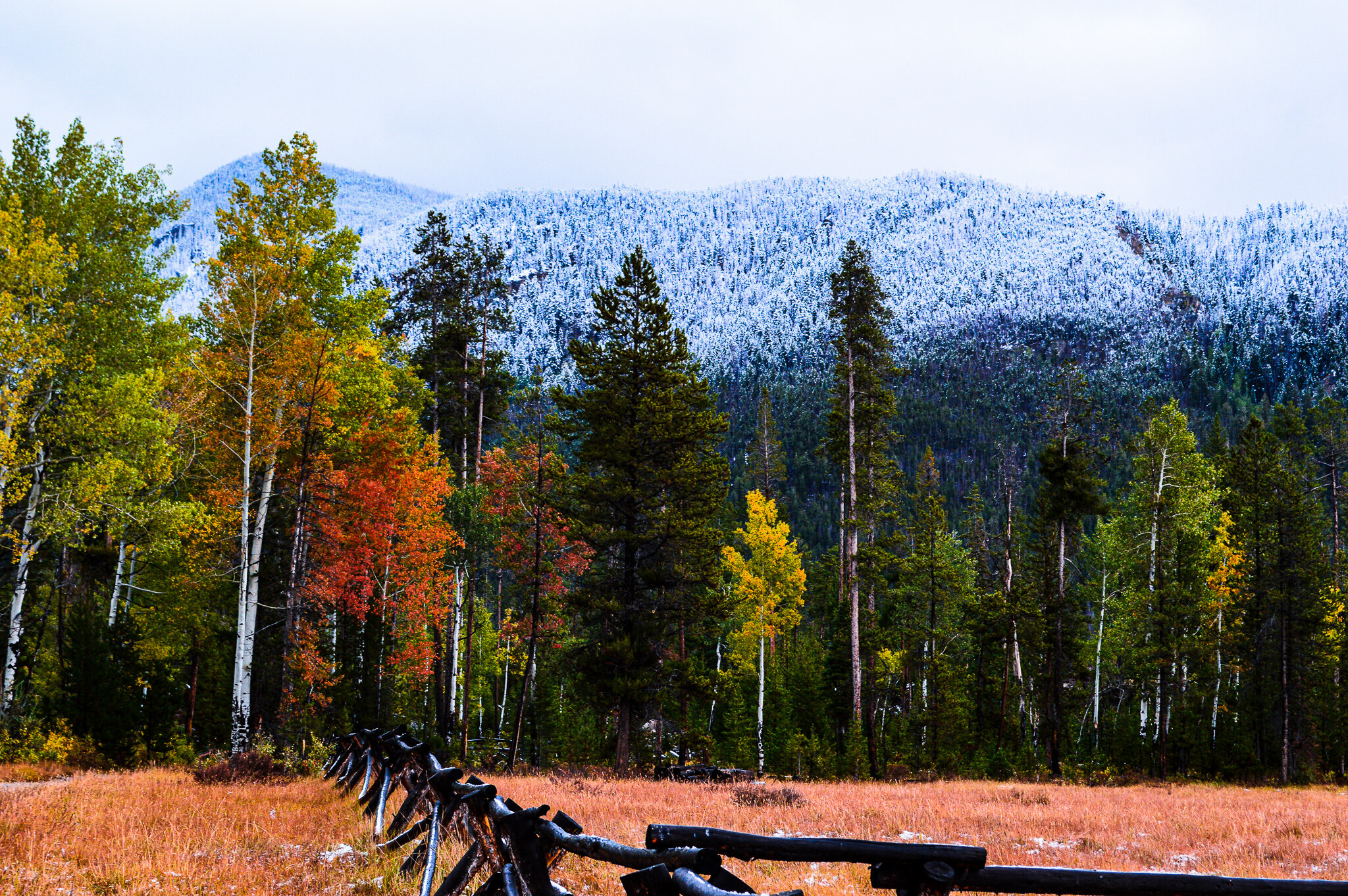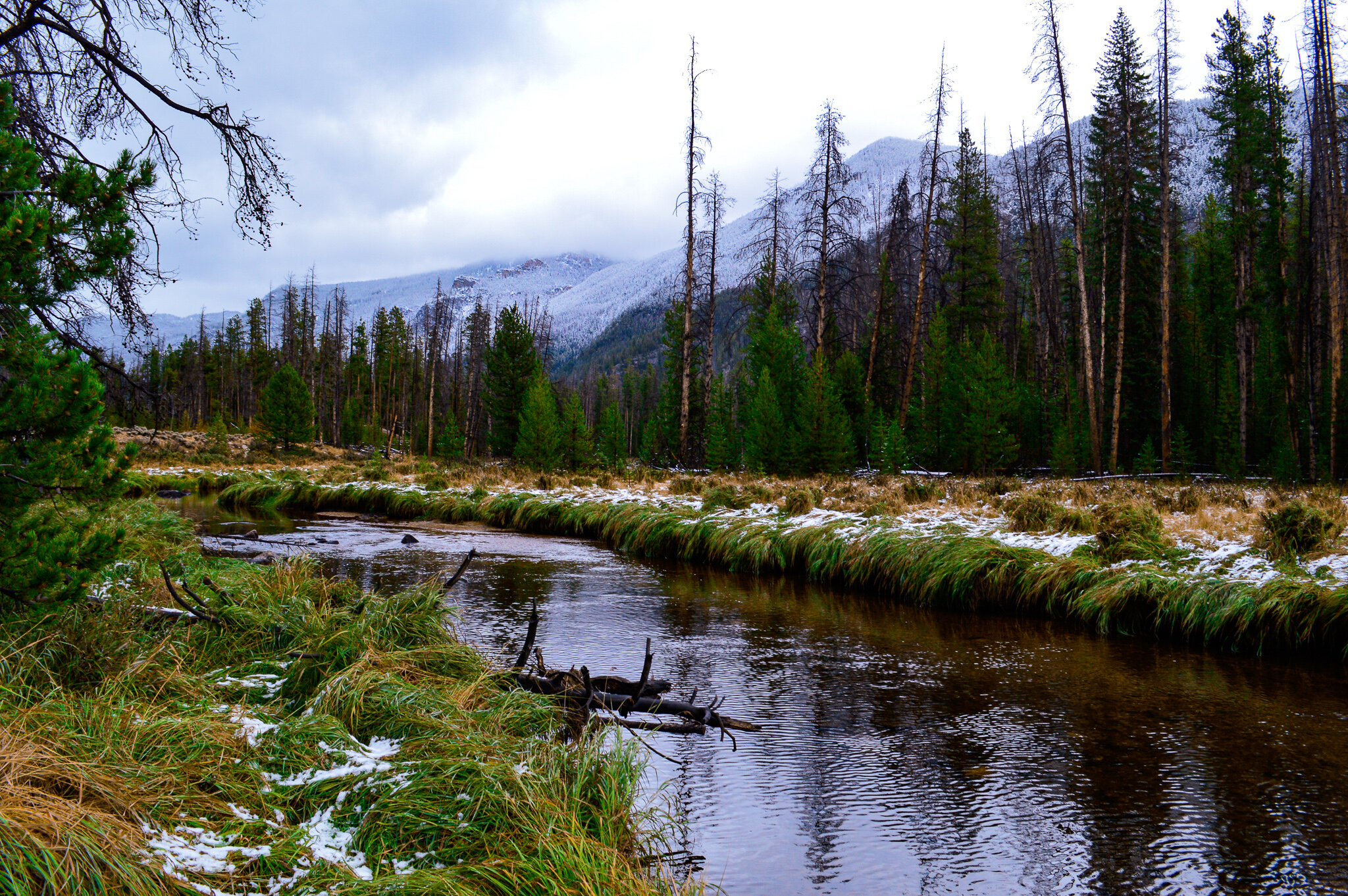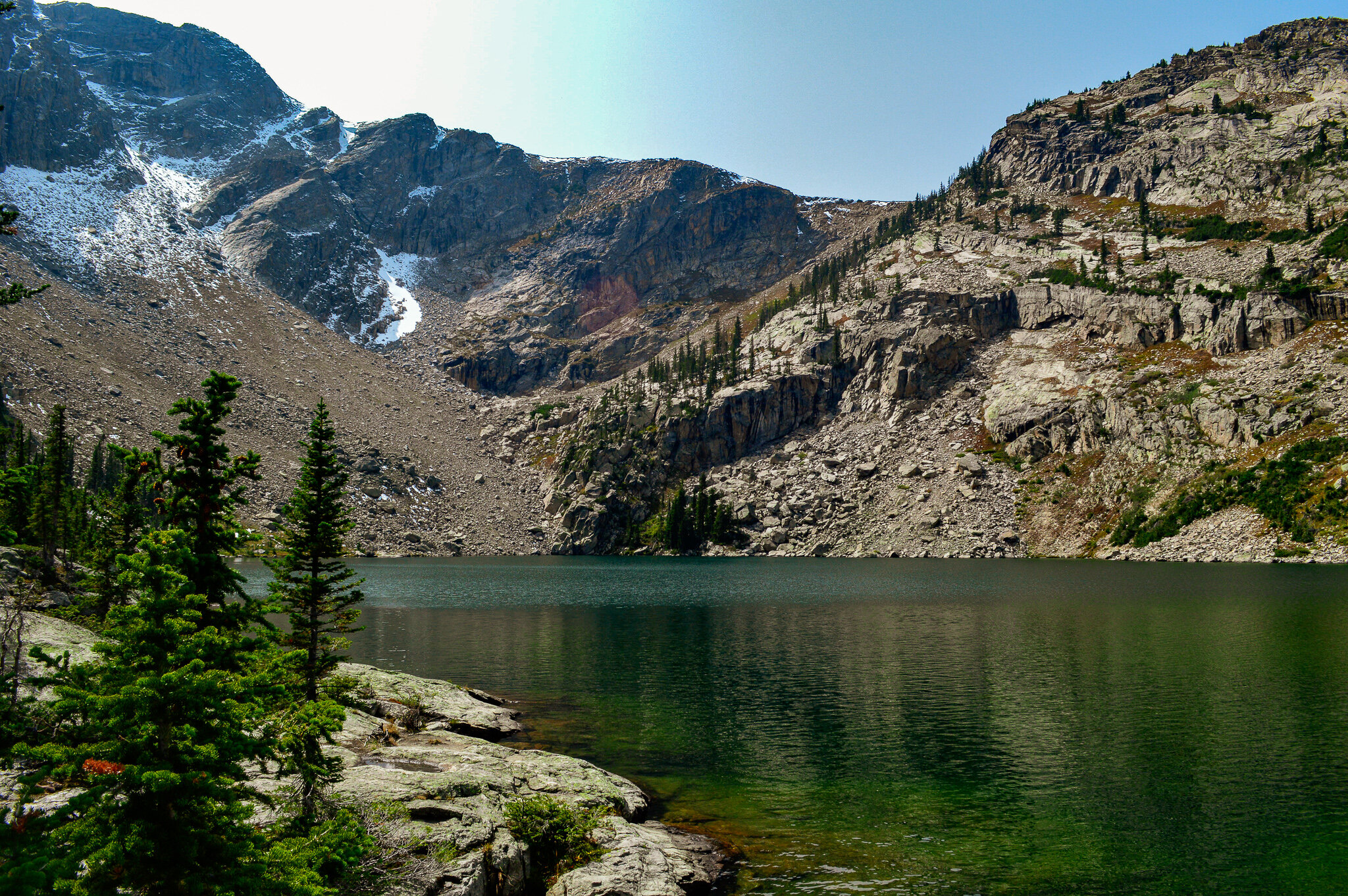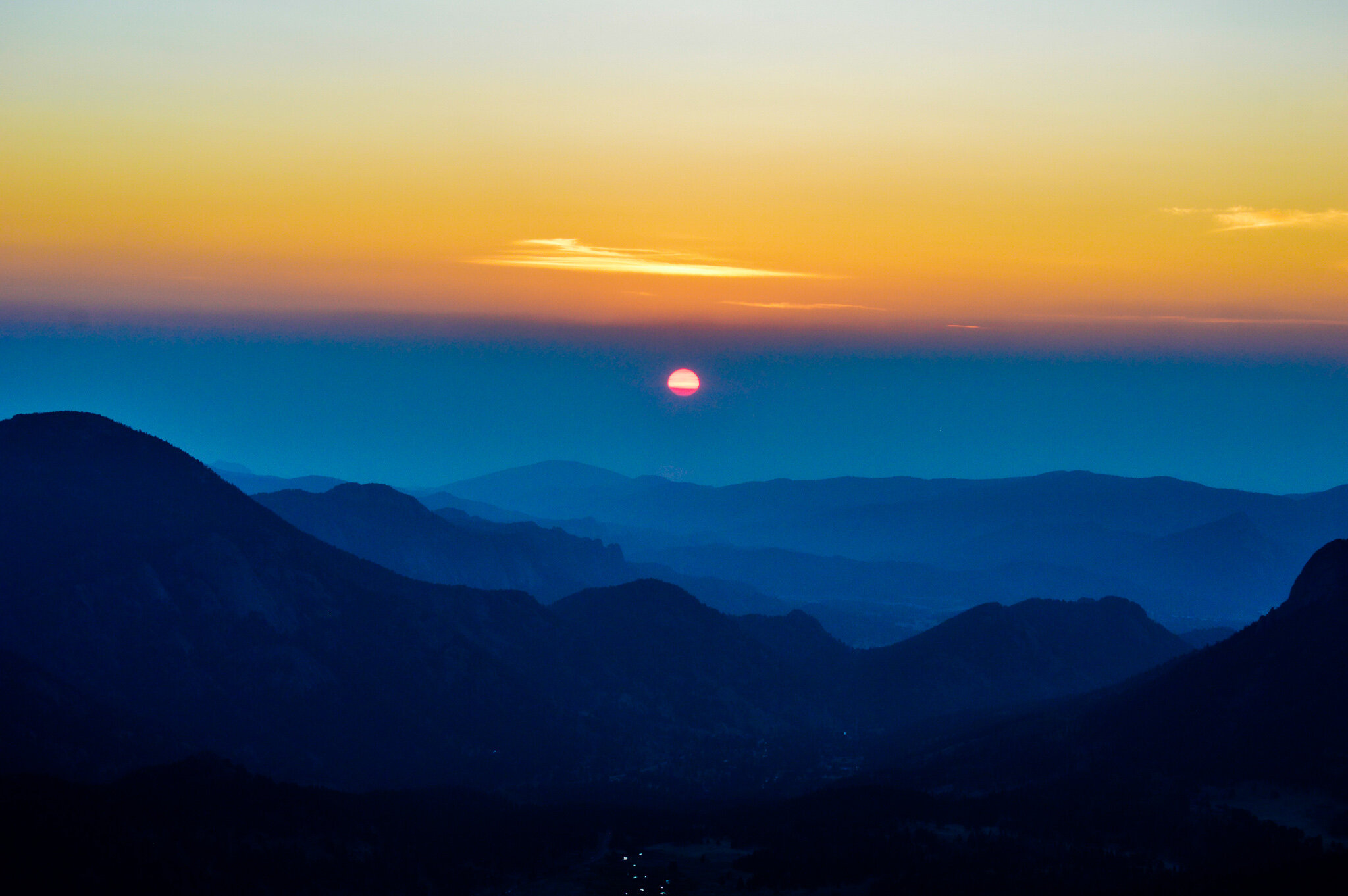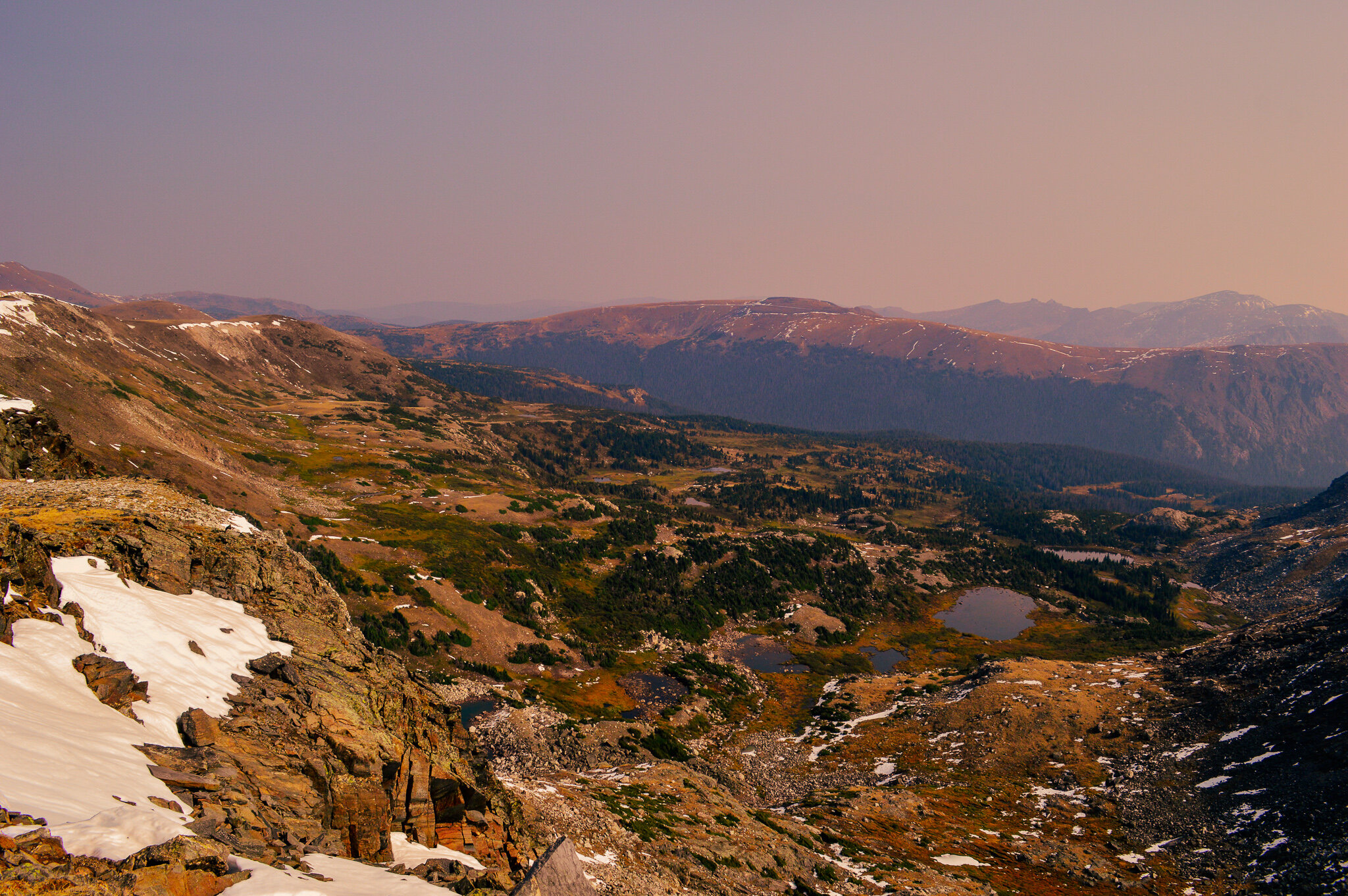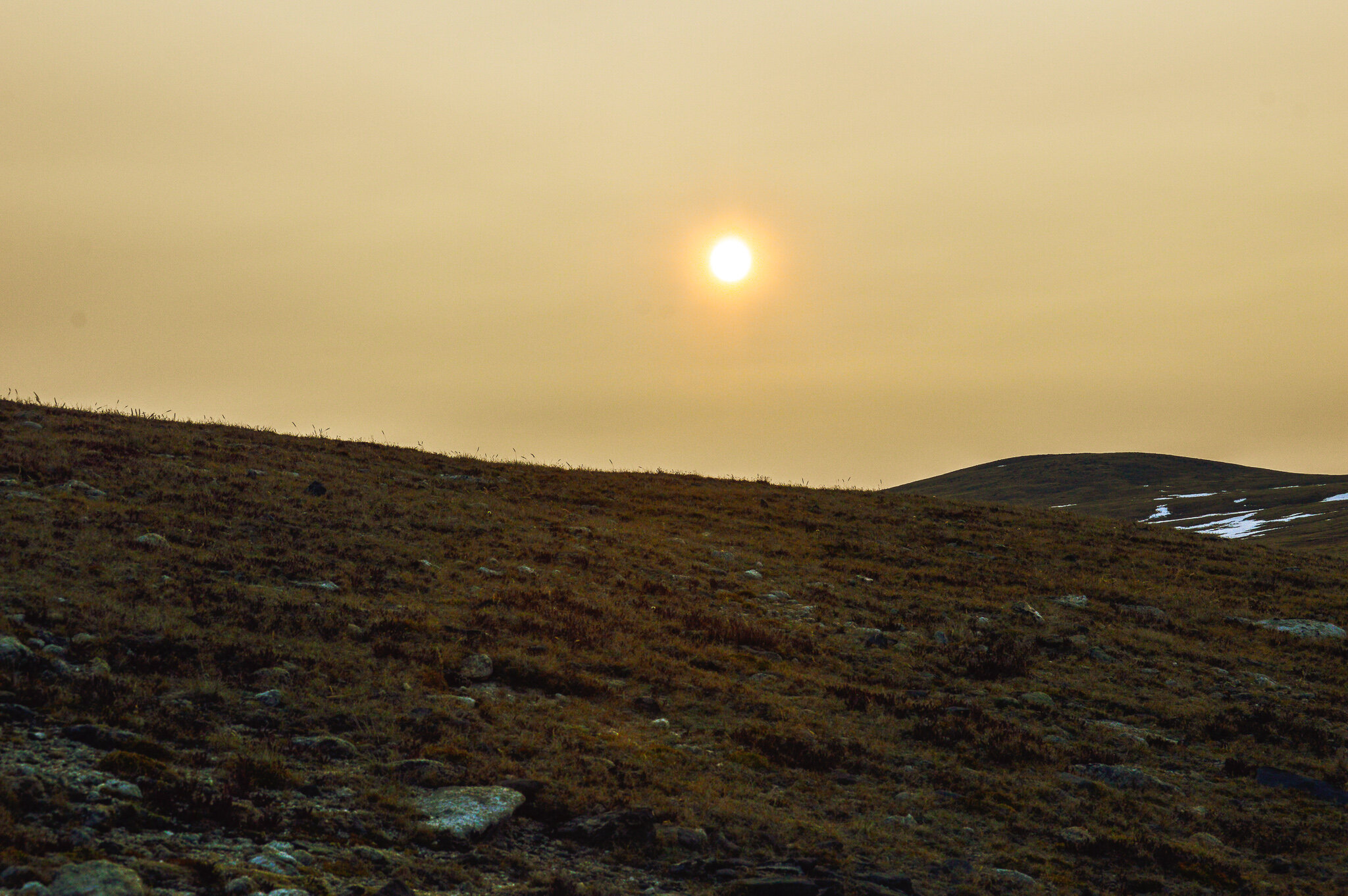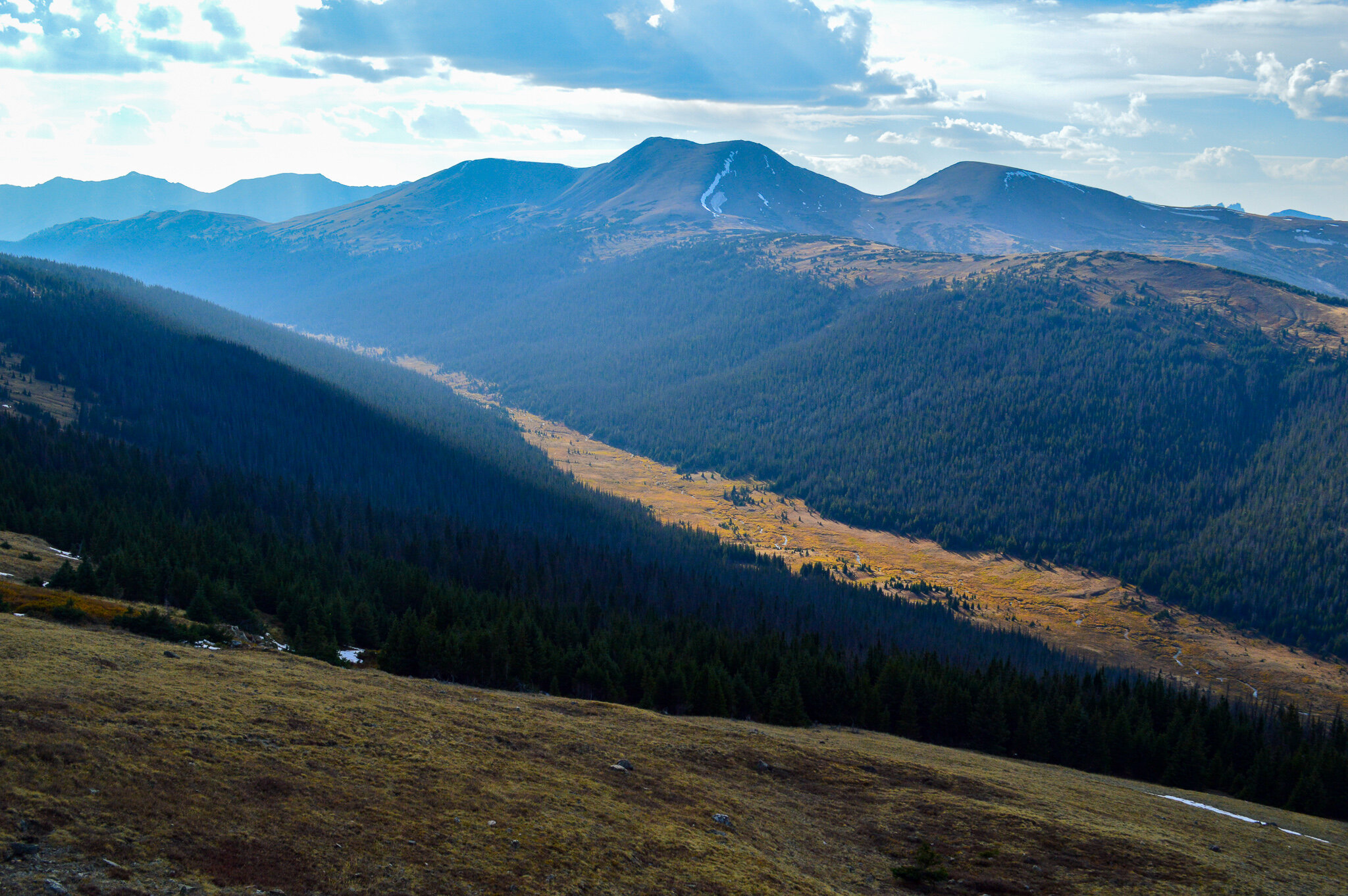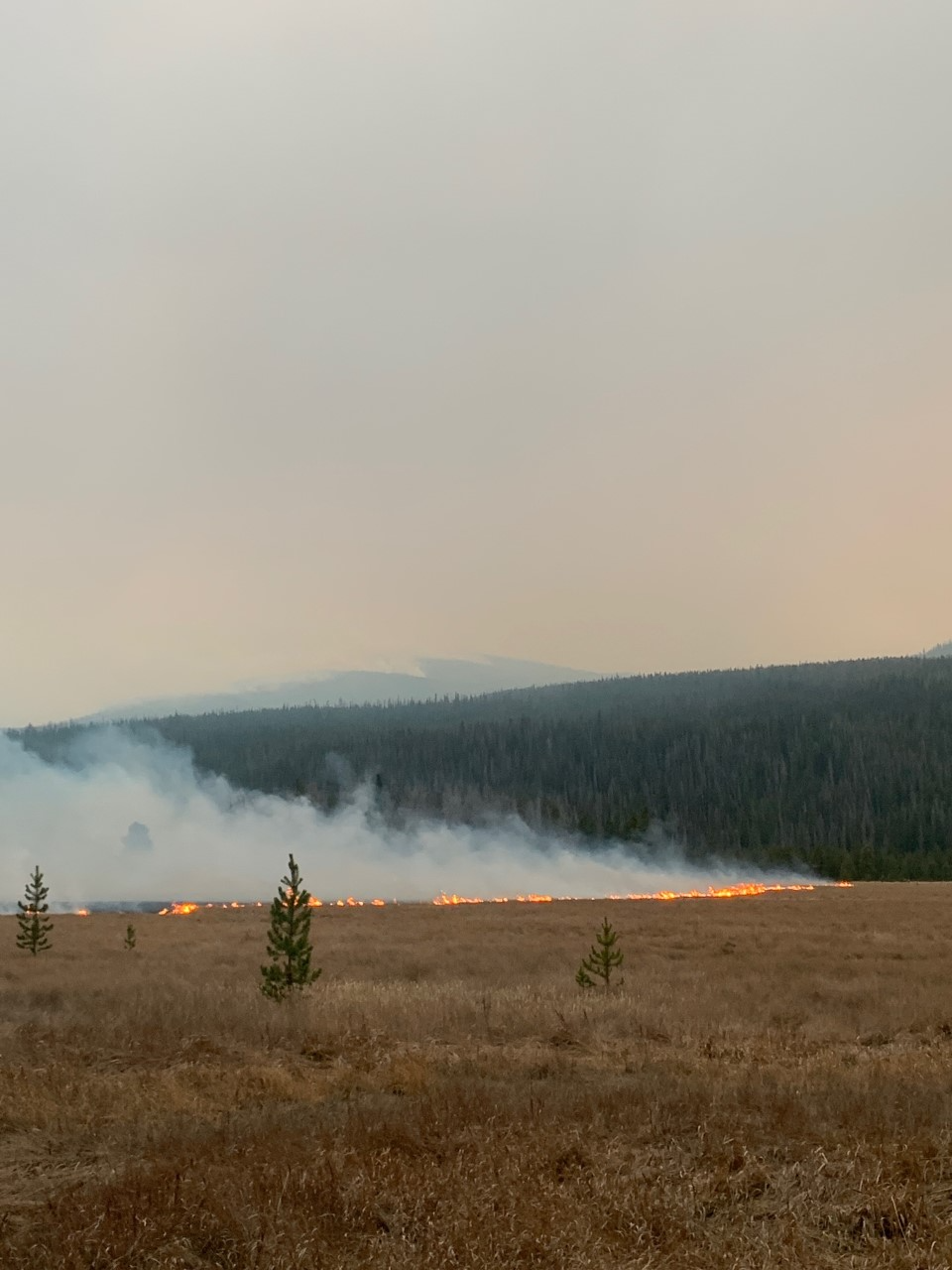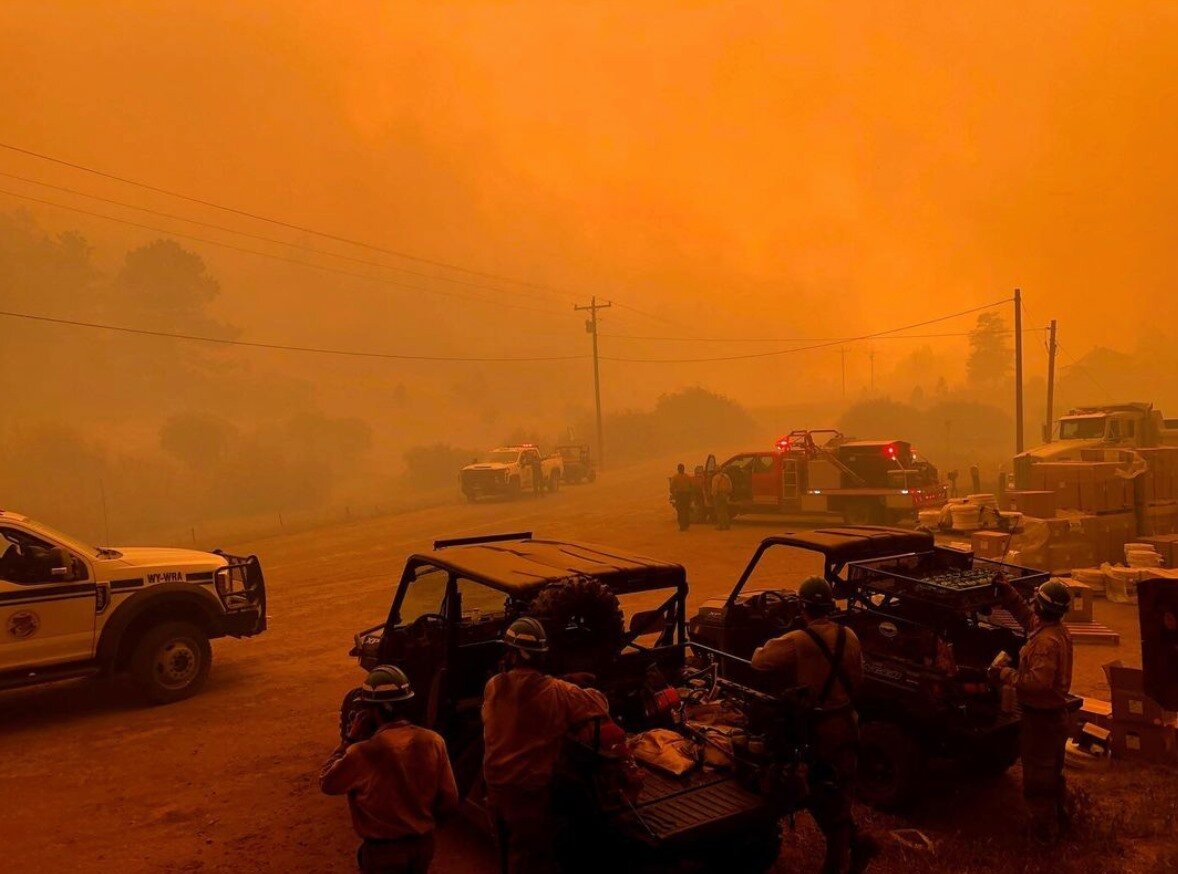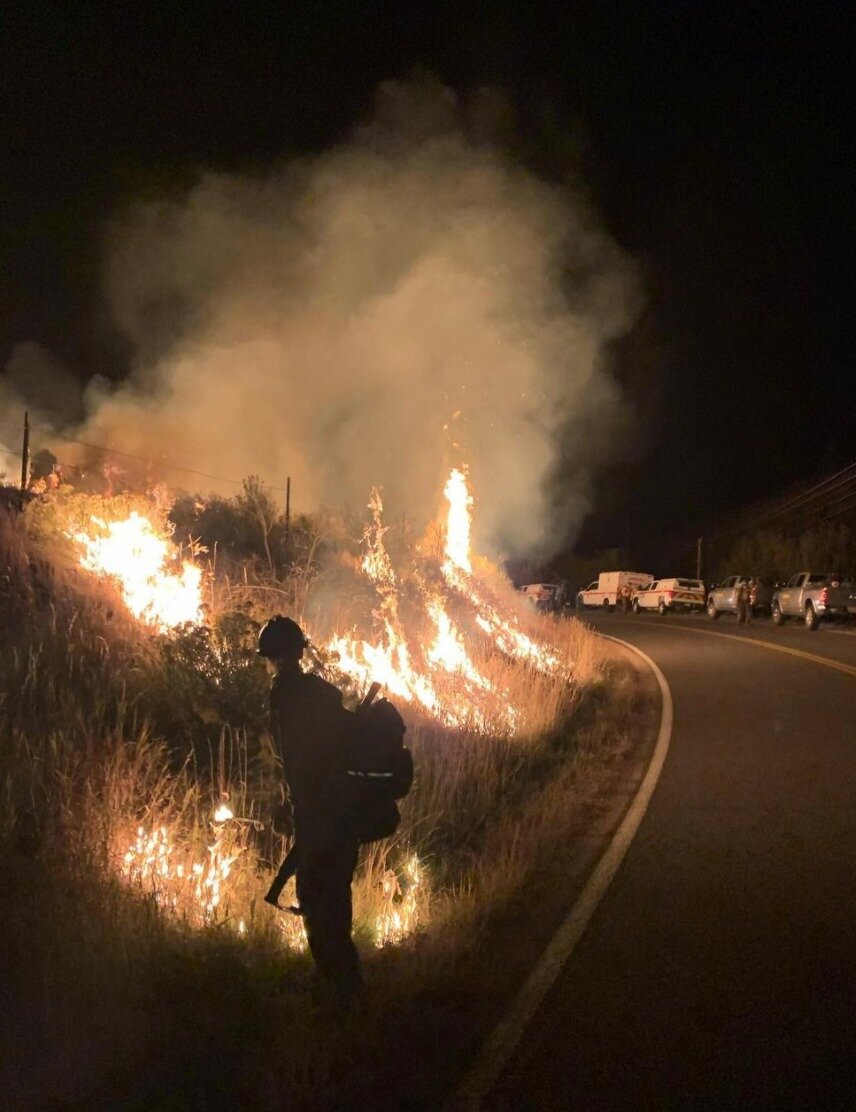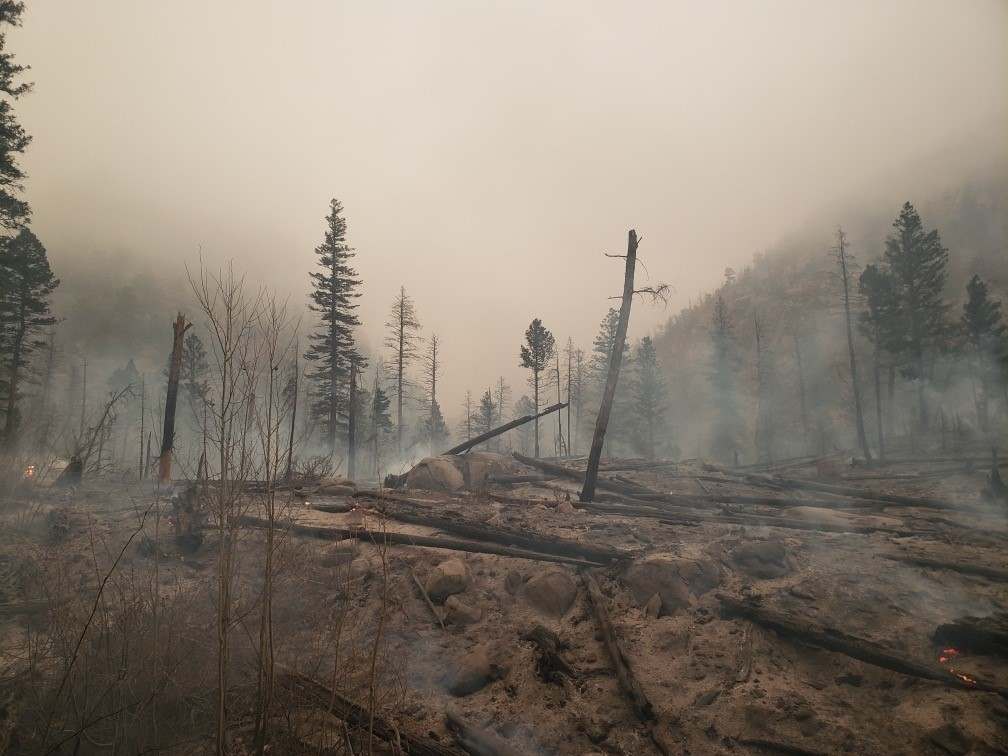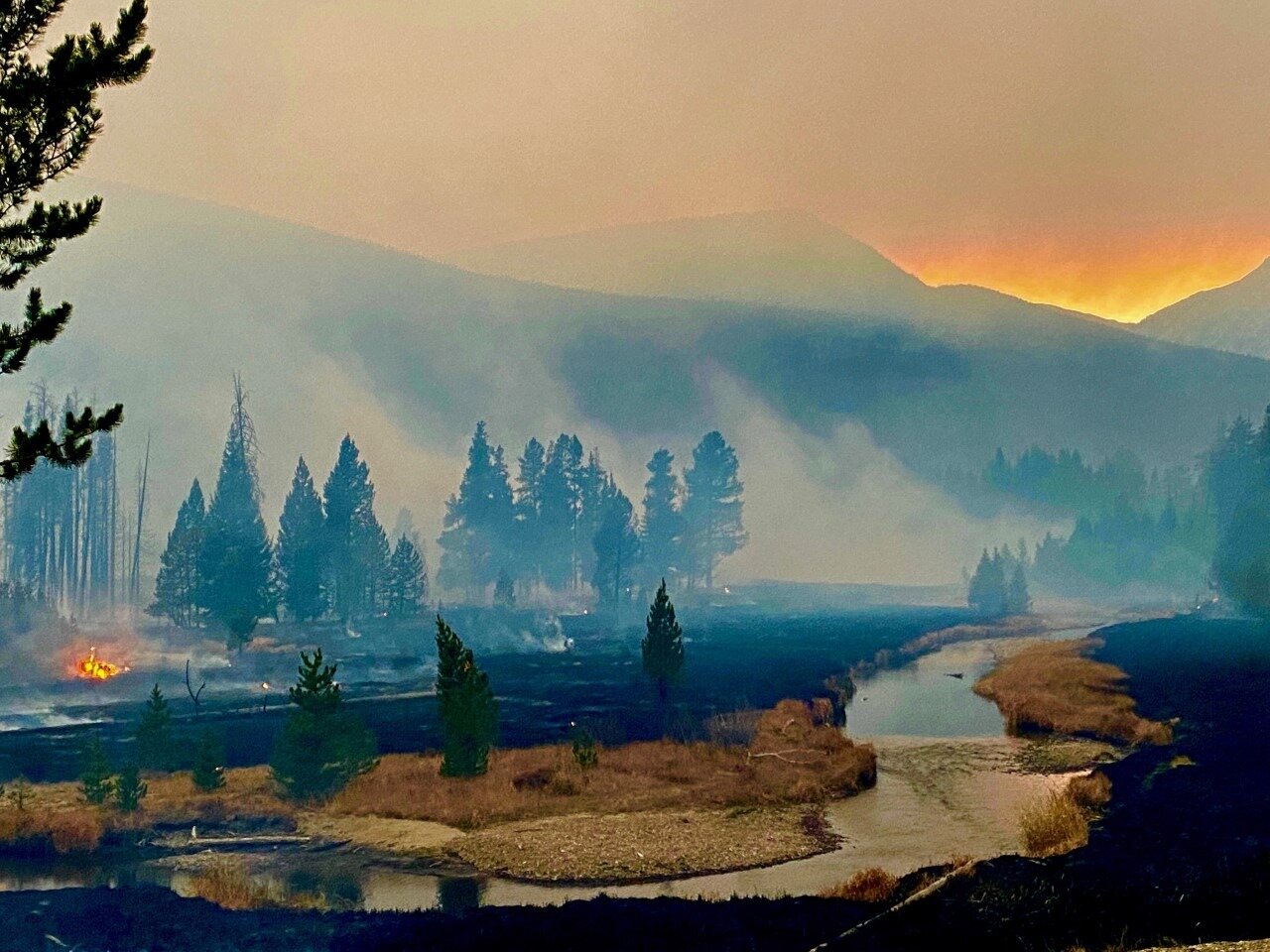Rocky Mountain National Park

For any natives to CO, the word “Rocky” has but one meaning – Rocky Mountain National Park. The breathtaking purple majesty of the mountains and surrounding scenery combined with the well-engineered roads and easy accessibility make Rocky one of the most visited national parks in the country. For these CO natives, Rocky has always been our backyard playground so to speak. While we have explored a good number of trails from the Estes Park entrance, surprisingly we had yet to take the time to explore the Grand Lake entrance. As fall was starting to set in and we began making plans to pick up on our original itinerary outside of CO, we felt compelled to experience this familiar park from a different perspective; if nothing else to include it as a park we experienced with our kids on this trip dedicated to touring national parks. We stayed right outside of the entrance, which meant accessing the park was easy to do on a daily basis. We shared so many wonderful experiences here, I will do my best to limit this post to some of our favorite themes.
Wildlife
Of the 14 national parks we visited this year, Rocky offered the most abundant wildlife, with special encounters each time we visited. Little did we know, the west (Grand Lake) side of the park is known for moose and big meadows. We had certainly experienced the Elk Rutting season in the past on the north side of the park, but never had we seen the large numbers of elk and moose that we saw on the west side of the park. The park is home to some 2,000 to 3,000 elk in summer, and between 800 and 1,000 elk spend the winter within its boundaries. According to Colorado Parks and Wildlife, there are an estimated 2,500 moose living in the park, which seems spot on considering the numerous moose and elk who frequently walked alongside vehicles and popular trails. These large ungulates are just the tip of the scale – Rocky is home to many species, including nearly 70 mammals and almost 300 species of birds. With 95% of the park being wilderness, and the dramatic elevation changes and topography, Rocky is one of the few places in the US to hold so many diverse ecosystems allowing for a wide variety of wildlife.
In fact, UNESCO designated this park as one of the first World Network of Biosphere Reserves. In short, these reserves are internationally recognized areas that demonstrate “a balanced relationship between humans and nature.” Though with so much of the park being wilderness, I have to wonder if the balance is related to the lack of human interaction...but I digress.
For our family, seeing moose up close was awe-inspiring (though a little scary for parents of toddlers who want to give the big animals hugs), and feeling the deep resonant tones from bull elk bugling was something I hope never to forget. The elk especially left our hackles raised on early morning hikes when the eerie call would echo through the forest before the sun was up. It was the pikas (essentially mouse bunnies who sound very much like the Monty Python Knights who say “Ni”) and marmots (who look like alpine woodchucks or groundhogs) who were with us on every hike and happy to chirp along to any family conversations we had while hiking. On a few rare occasions, we were treated to some really special wildlife viewing: pine martens, dusky grouse, and white-tailed ptarmigan.
Spectacular Hikes
View of Mirror Lake and Ink Lake from the summit of Mt Ida
It would not be our family if I didn’t spend at least a few min talking about the incredible topography and ecology of the park that led to some unbelievable hiking. Rocky is one of the highest national parks in the nation, with elevations from 7,860 to 14,259, the highest of which is Longs Peak. The Continental Divide generally runs North-South through the center of the park, with rivers on the western side flowing toward the Pacific Ocean, while those on the eastern side flowing all the way to the Atlantic Ocean. While the Continental Divide is a hydrological divide, it is largely a mountainous divide following a line of peaks from Alaska all the way to the tip of Patagonia. So, what does this mean for Rocky? Incredibly stunning vistas from the 77 mountain peaks over 12,000ft, over 150 subalpine and alpine lakes (it is a hydrological divide after all), several small glaciers and permanent snowfields, and many ecological regions throughout the park, making the 265,461 acres pretty darn special. On the western side of the park, climbing to Mirror Lake and Ink Lake before summiting Mt. Ida over tundra slopes and wide-open views of the Mummy Range is hard to beat. The smoke from nearby forest fires was not ideal, but created an interesting foggy look as the sun refracted thru the smoke.
Another epic hike to Jewel Lake, Mills Lake, Black Lake, Blue Lake, and ending with Shelf Lake and Solitude Lake had me walking thru beaver-cut aspen, beautiful waterfalls, and extensive red and green marshes with a lush wildness that was a complete contrast to the alpine tundra of the surrounding peaks. Streams cut their way through the terrain, connecting Jewel, Mills, and Black lake, with brook trout visible throughout. And nothing beats that feeling you get when finally reaching Solitude lake – 2400' ft of additional elevation gain off the main trail, thru wild and unmaintained trails with a view of Longs Peak in the distance and Jewel, Mills, and Black lake in the valley below you. Needless to say, Solitude Lake lived up to its name, and I was completely alone for my lovely picnic alongside its frigid alpine waters.
Another set of favorites that we traversed several times are the East and North Inlet trails, which actually begin outside of Rocky near the shores of Grand Lake. Both trails pass by various waterfalls, thick coniferous forest, rushing creeks, beautiful alpine lakes and low bluffs that provide access to some of the most beautiful meadows I have ever experienced. These trails are an excellent example of naturalistic design work and sustainability completed by the National Park Service and the Civilian Conservation Corps. Using local materials such as rock, wood, and dirt to form stone steps and log checks along the trail, the East and North Inlet trails meet sustainability standards and were listed on the National Register of Historic Places in 2005 and 2008 respectively. The North Inlet trail is actually considered part of the larger Continental Divide National Scenic Trail and offers the easiest climb over the Continental Divide within Rocky, granted it’s 20 miles round trip with 3454ft of elevation gain.
Of course these hikes just encompass a few of the hikes we completed during our stay this Sept – I could ramble for days on the beauty we have experienced while hiking with friends and family over the years to places like Lake of Glass, Sky Pond, Dream Lake, Emerald Lake....really, I could go on and on.
Trail Ridge Road
As I mentioned above, the well-engineered roads and easy accessibility make Rocky very popular. Trail Ridge Road, which runs east-west thru the park and connects the entrances in Grand Lake and Estes Park, is the highest paved through-road in the country. It is hard to believe that this road, which has a peak elevation of 12,183 ft, was formally paved in the 1930’s. With 11 of the 48 miles on this road being above tree line, and the many hairpin turns that cross up and over the Continental Divide, this road is NOT for the faint of heart. While there are many turnouts to stop and observe the scenery (Wyoming to the north, the Great Plains to the east, the heart of the Rockies to the west and south), many sections of the road do not include guard rails and can often be lined with feet of snow. Once above tree line, the weather resembles that found in the Arctic – windy and 20-30 degrees colder that Estes Park or Grand Lake. In fact this area receives twice as much precipitation as lower elevation areas, generally in the form sudden blizzards, high winds, and deep snowpack.
While enjoying these vistas from the warmth of my car, it is incredible to think of Paleo-Indians traveling along what is now Trail Ridge Road to chase megabiscon and mammoth more than 10,000 years ago. Native peoples have been using the trail that lined this ridge for hundreds of years to cross between their homelands in the west and hunting areas on the east. Arapahoe Indians called the trail "taienbaa" ("Where the Children Walked") because the path was so steep that children could not be carried and had to walk. The Ute and Arapaho camped in the region into the 1900s, until the all too familiar story of white settlers seeking mining fortunes forced them out. Arapaho elders have shared their original names for many of the landmarks, and many are still used today. In fact, Rocky boasts one of the greatest concentrations of Native American names in a small area throughout the United States.
And if the history and exquisite vistas aren’t enough to tempt you up this road, the Alpine Visitors center located near the peak of Trail Ridge Road is the highest elevation visitor center in the National Park System, offers a small nature hike with information on the 200 species of tiny alpine plants and tundra, and serves a mean cup of hot cocoa.
Fires in the Park
Unfortunately, tragedy struck while we were visiting, and many sections of the park were closed due to forest fires. The Cameron Peak Fire is the largest in CO history, and the first to burn more than 200,000 acres. Approximately 30,000 acres that burned were located in the northern section of Rocky, which equates to around 9% of Rock being caught in the fire. Road closures and smoke were prevalent during our adventures in the park, though we felt safe enough in the areas we could visit. Simultaneously, the East Troublesome Fire which started in Grand County (i.e. where we were staying) exploded in size and burned over 100,000 acres in under 3 days. Wide-spread drought, dead and down beetle-killed trees, and high winds forced a mandatory evacuation of the very town we had been staying in just 2 weeks after we had departed.
Although fires are a natural and essential part of forest ecosystem regeneration, Rocky is seemingly caught in a cycle of unprecedented wildfires that are burning bigger and hotter, with much of the western US being choked in smoke. In 2012, the unparalleled Fern Lake winter forest fire started from an illegal campfire and burned 3,500 acres of beetle-killed trees in the eastern part of the park. In summer of 2013, a lightning strike blew up into the Big Meadows fire that burned over 600 acres of beetle-filled forest on the west side of the Continental Divide. The Union of Concerned Scientists (I get it, the name is not great) believes that “global warming is linked with longer, more extreme, and more frequent droughts, and a longer fire season. In the American West, fire season may last all year. In the future, the fires themselves will be larger, more destructive, more common, and more costly.”
As I review pictures of some of the meadows we visited just this fall, I feel sick knowing these meadows have been burned to the ground since our departure. How much of this park will still be around when my kids are old enough to appreciate the solitude of Shelf Lake? Time will tell, and hopefully the research being done with the UNESCO Bioreserve will help us continue to find a way to preserve this incredible wilderness.
Rocky is truly one of those places that will always be special to my family. While I am a bit bias, it remains my favorite of all the national parks we have visited. I think visiting these other incredible parks actually helped to cement Rocky as our favorite, and I know we continue to use Rocky as the bar in which to compare all other parks to. Perhaps it’s the incredible vistas, the stunning majesty of the mountains, the abundant wildlife; perhaps it just feels like home. Either way, I can’t wait for our next venture back. Until then, we continue our journey in our neighboring state of Nevada as we start our adventure west to the Pacific Ocean.


